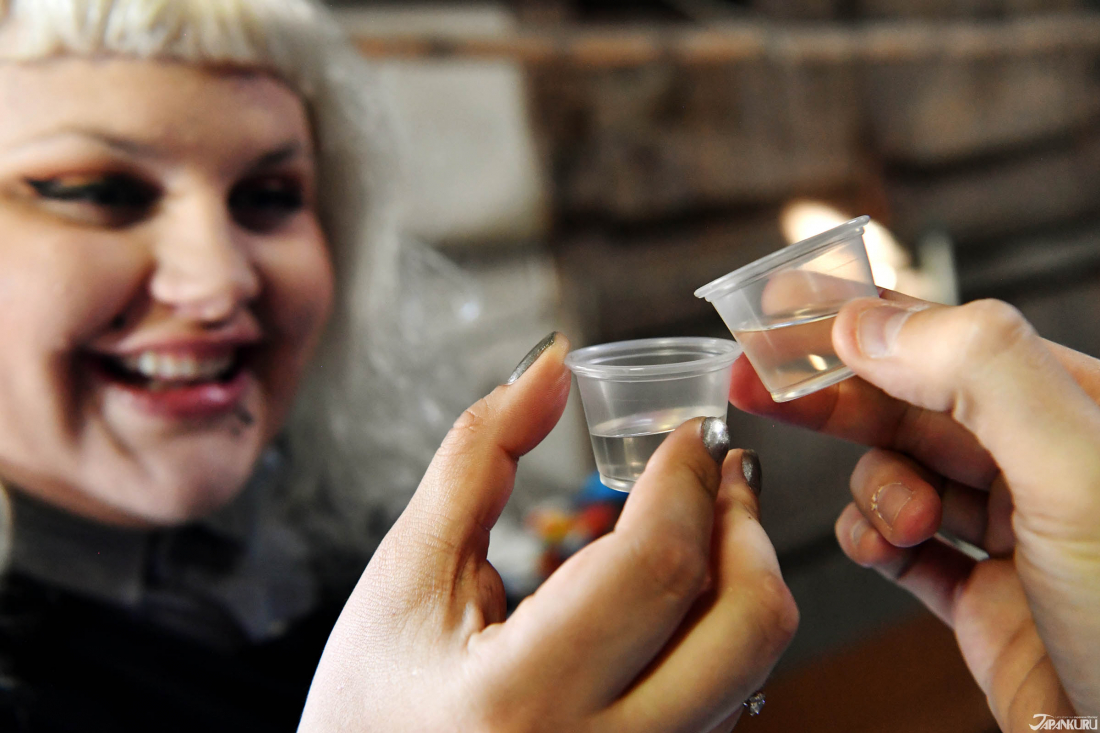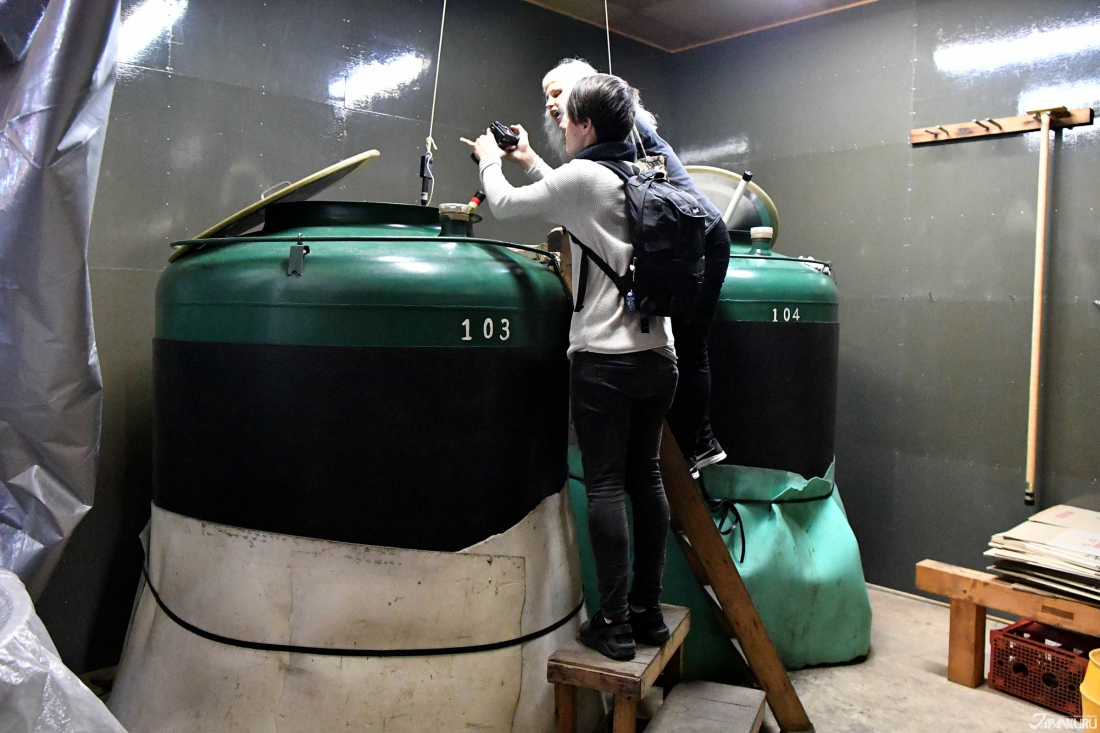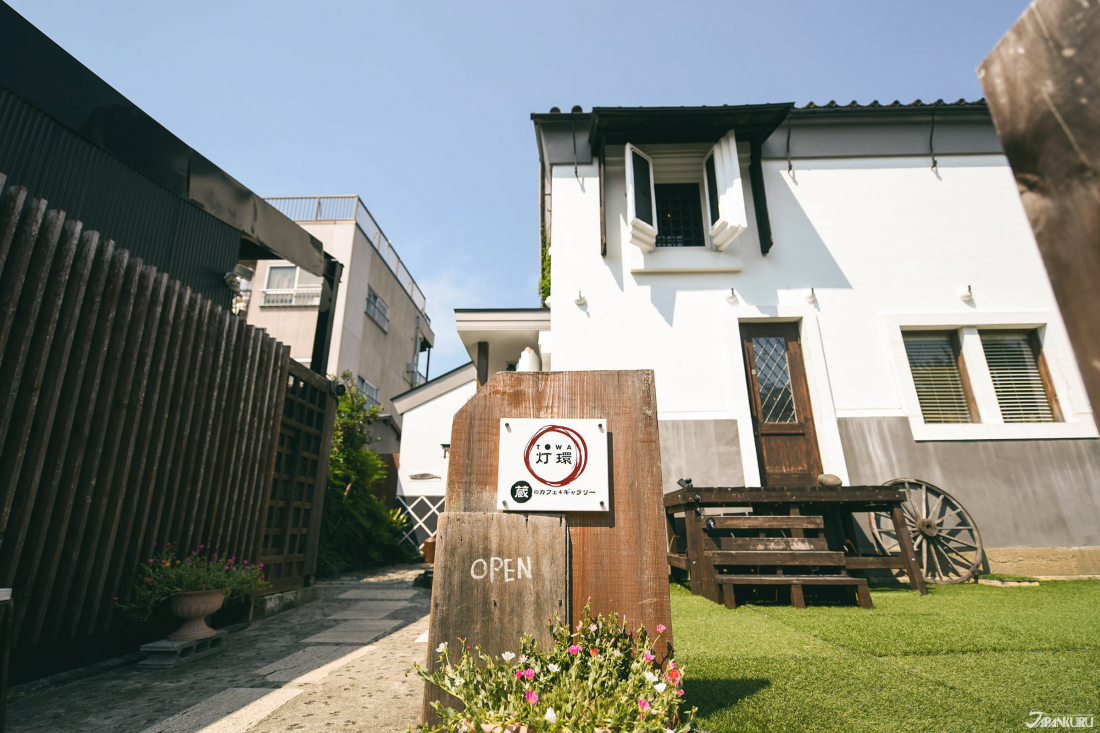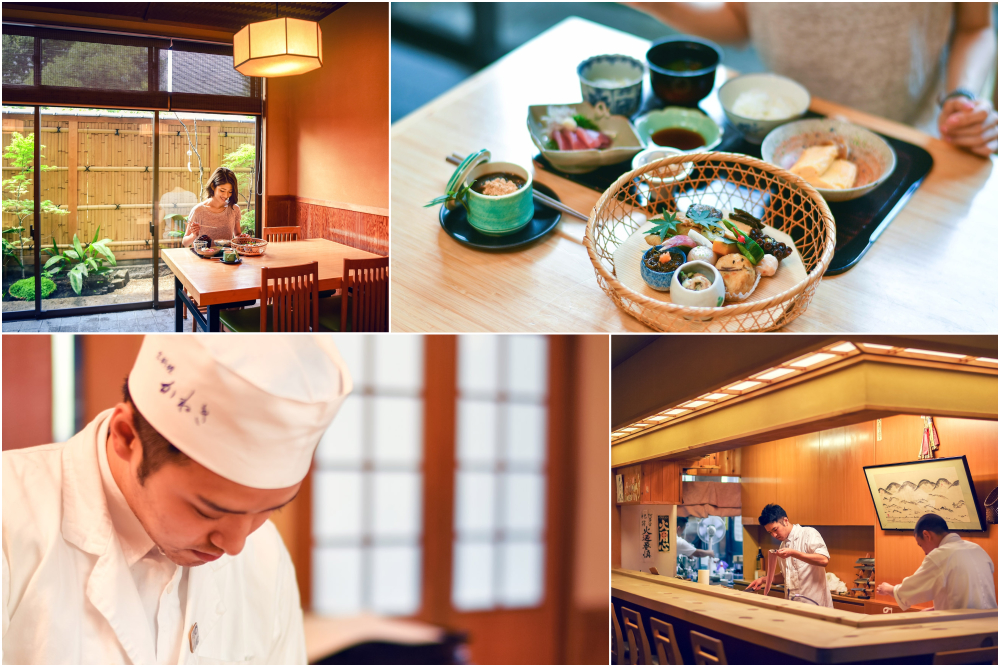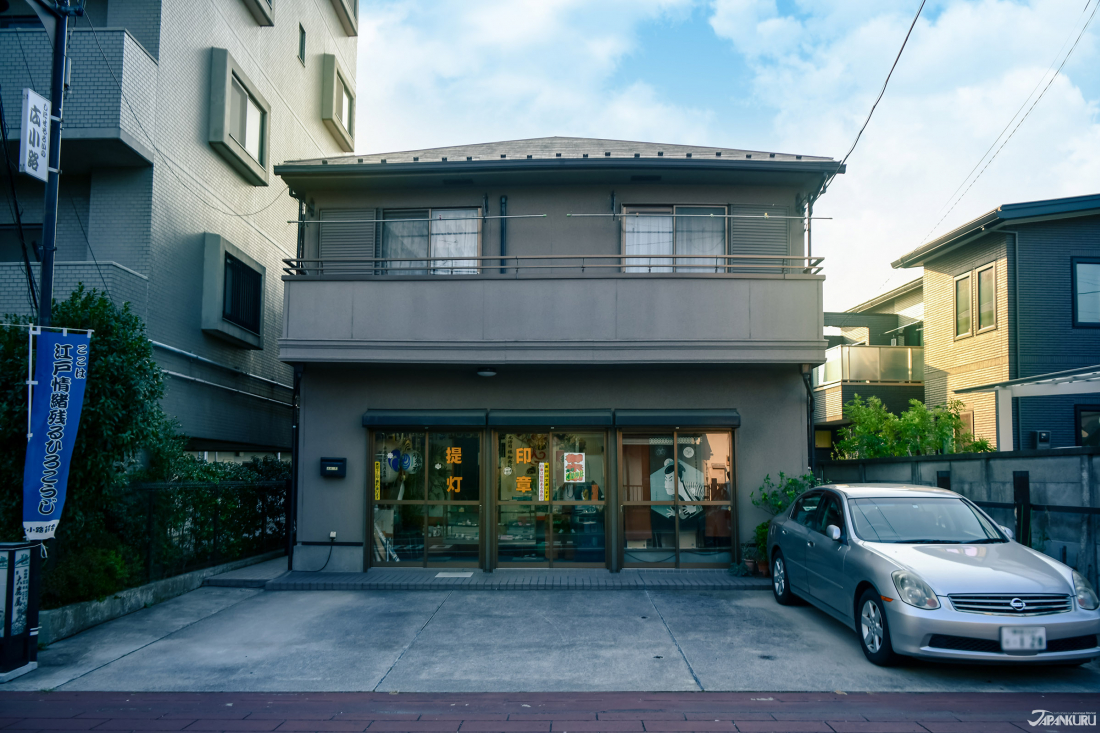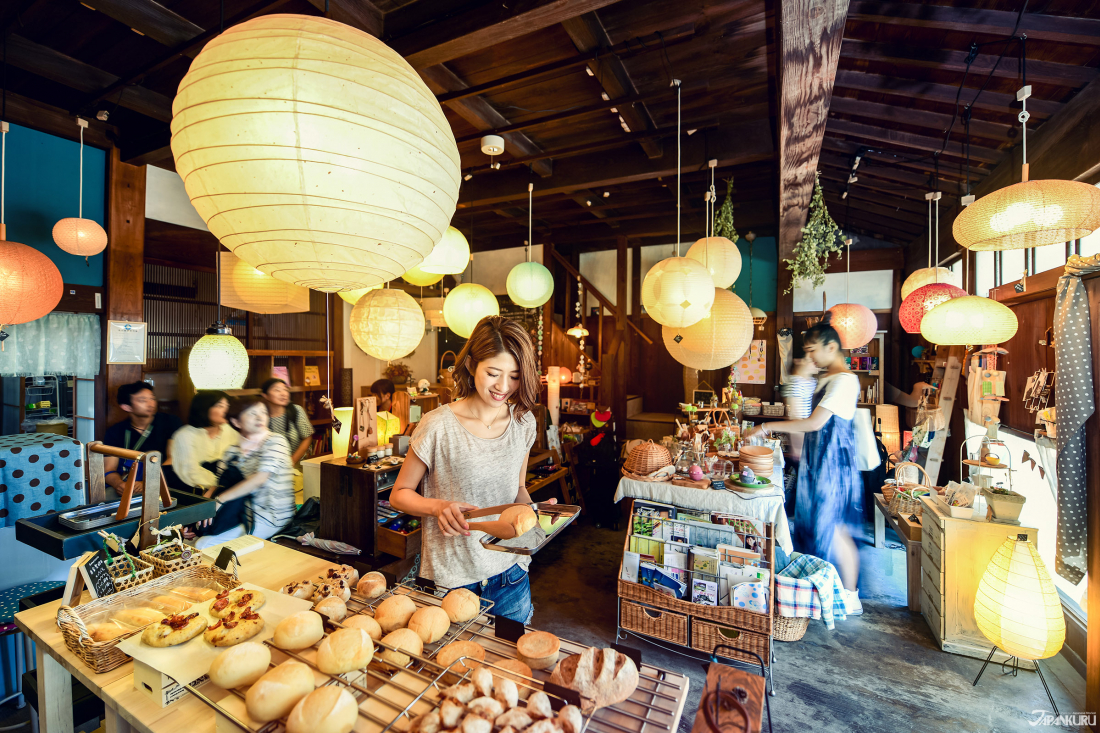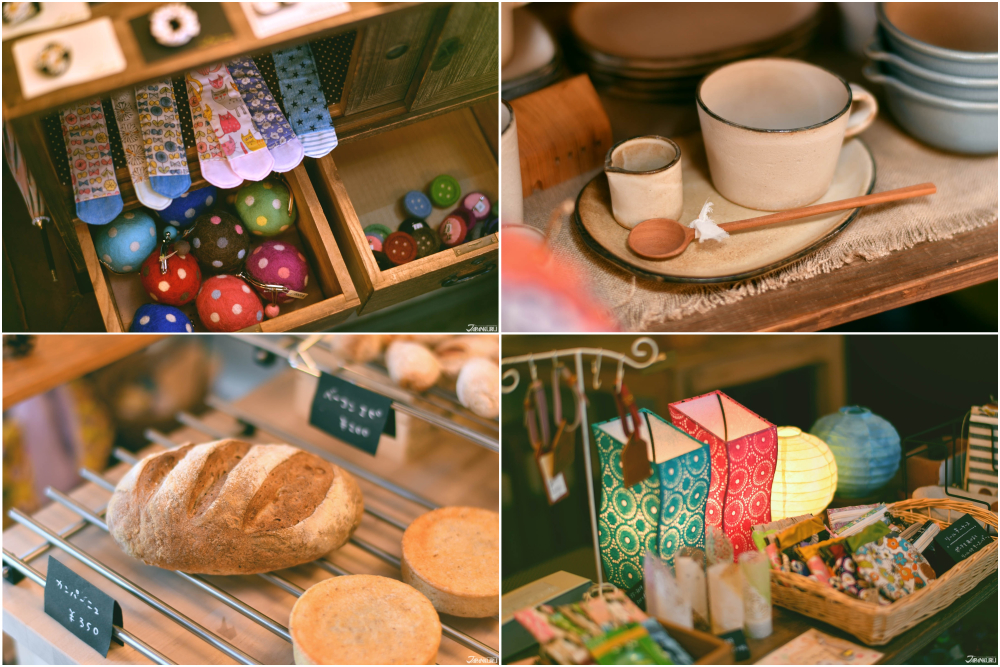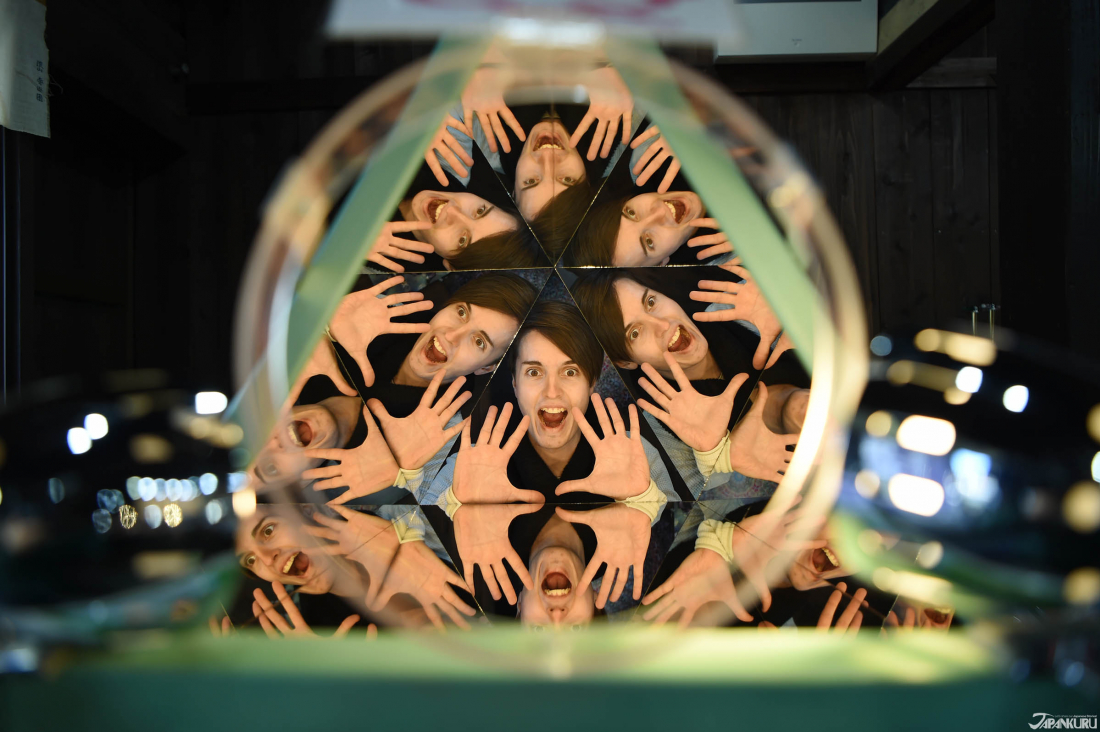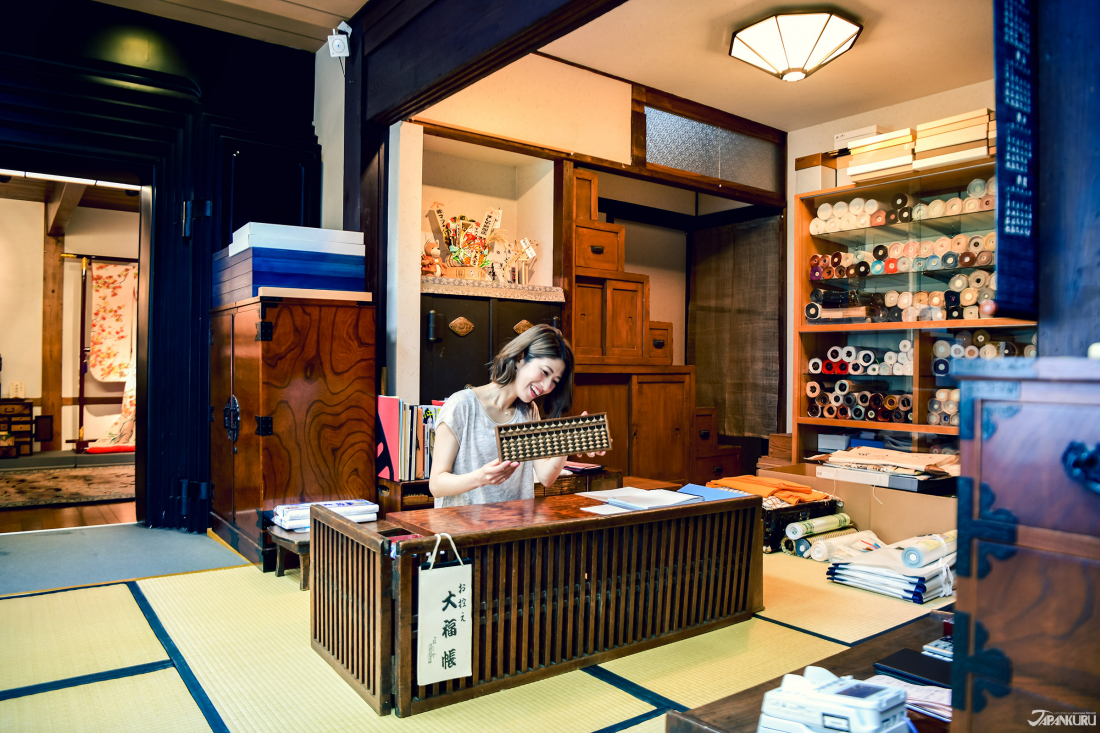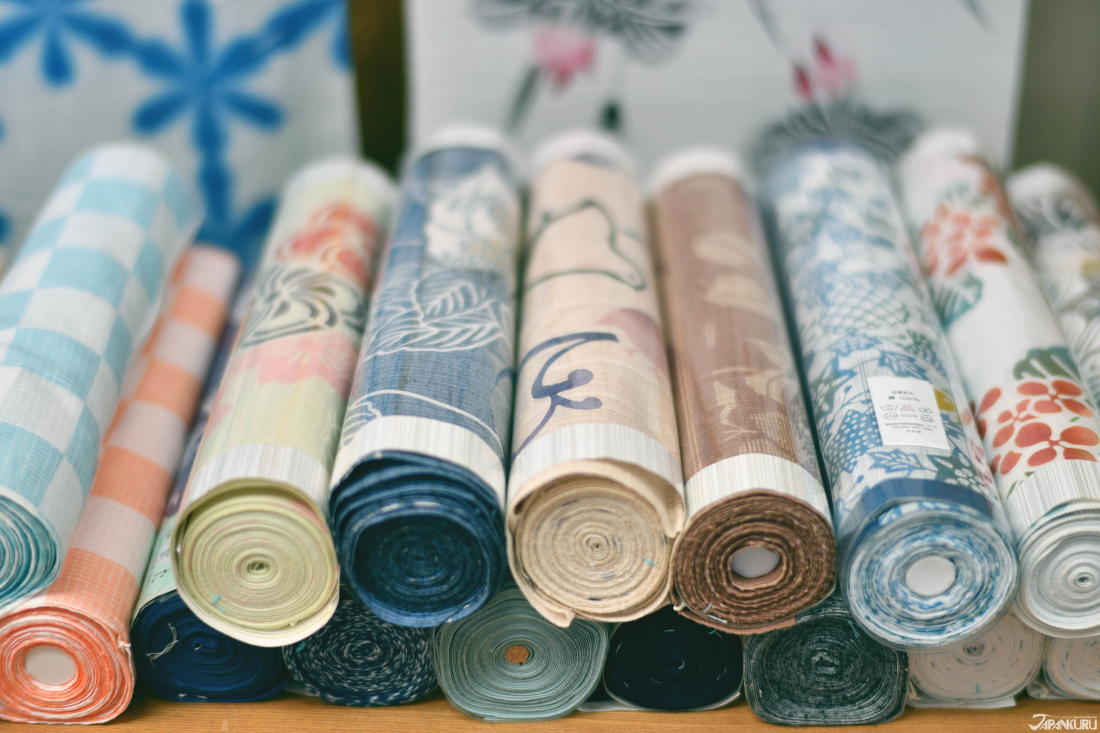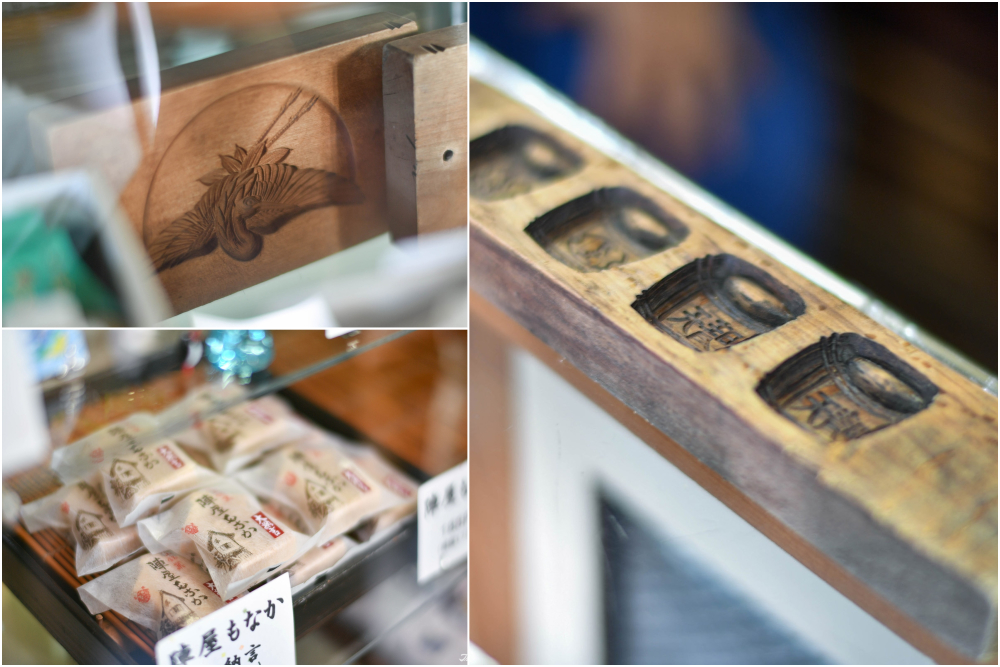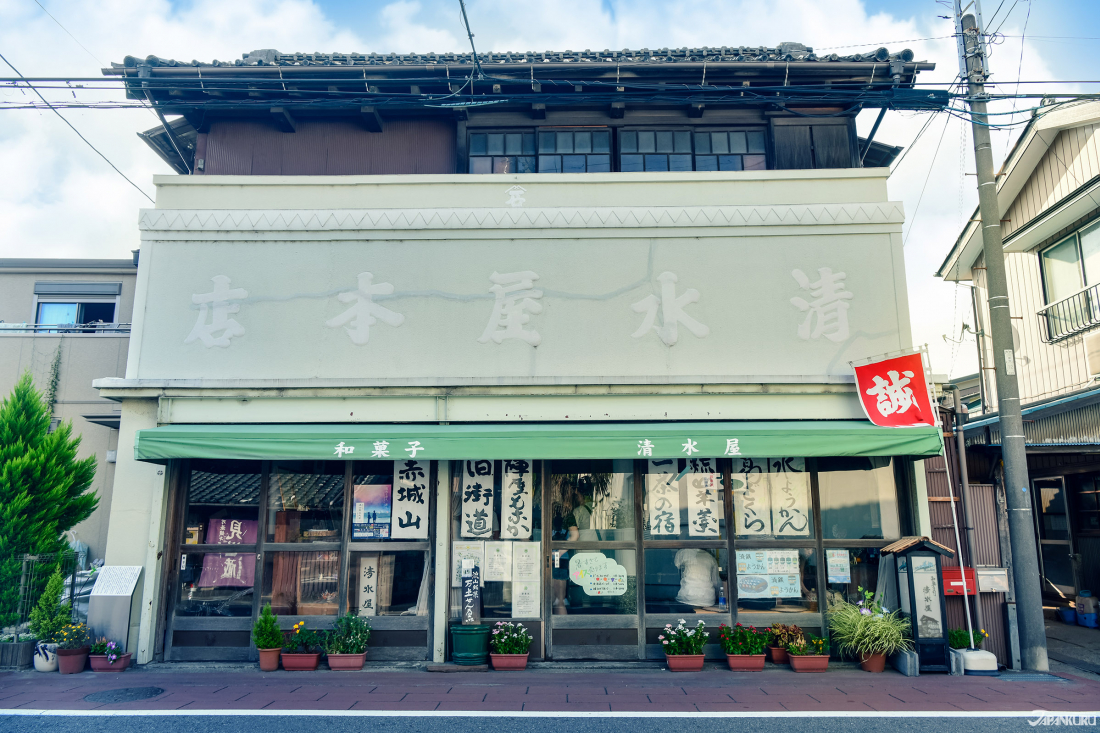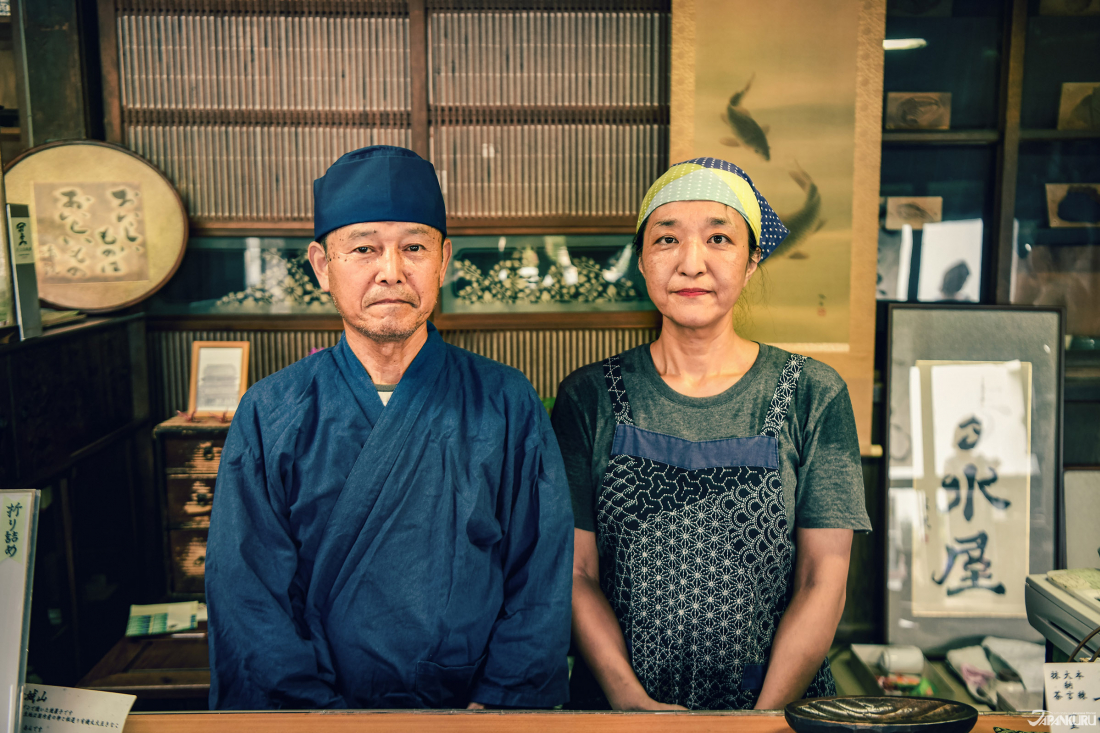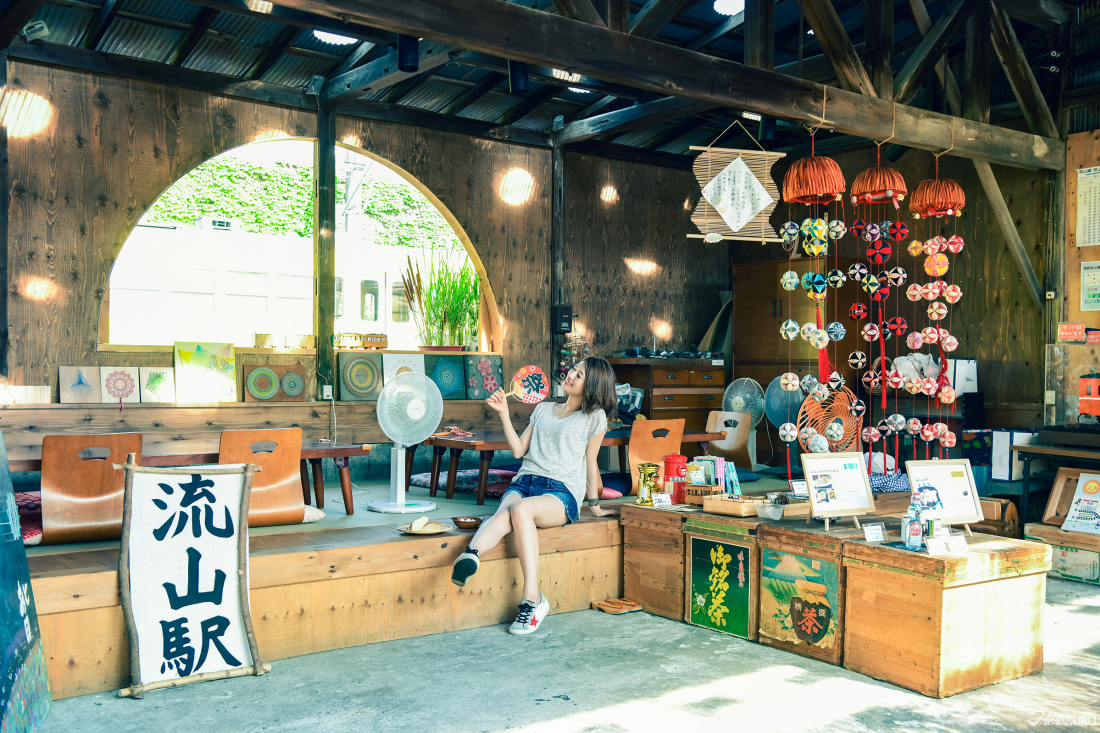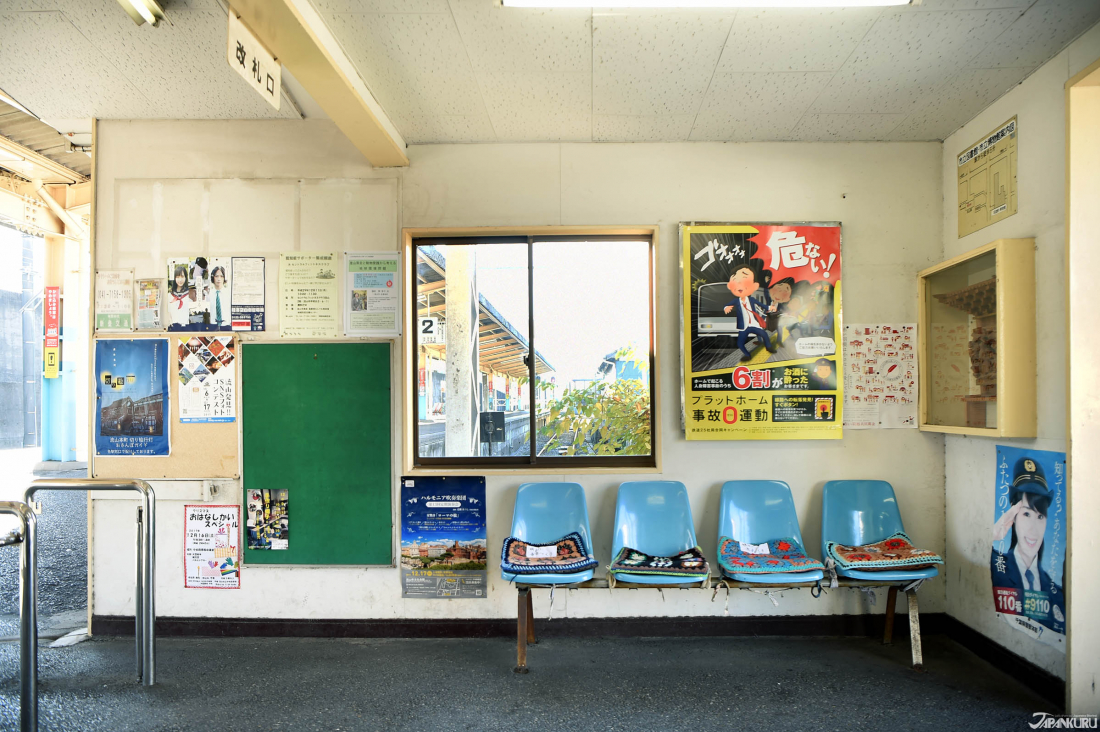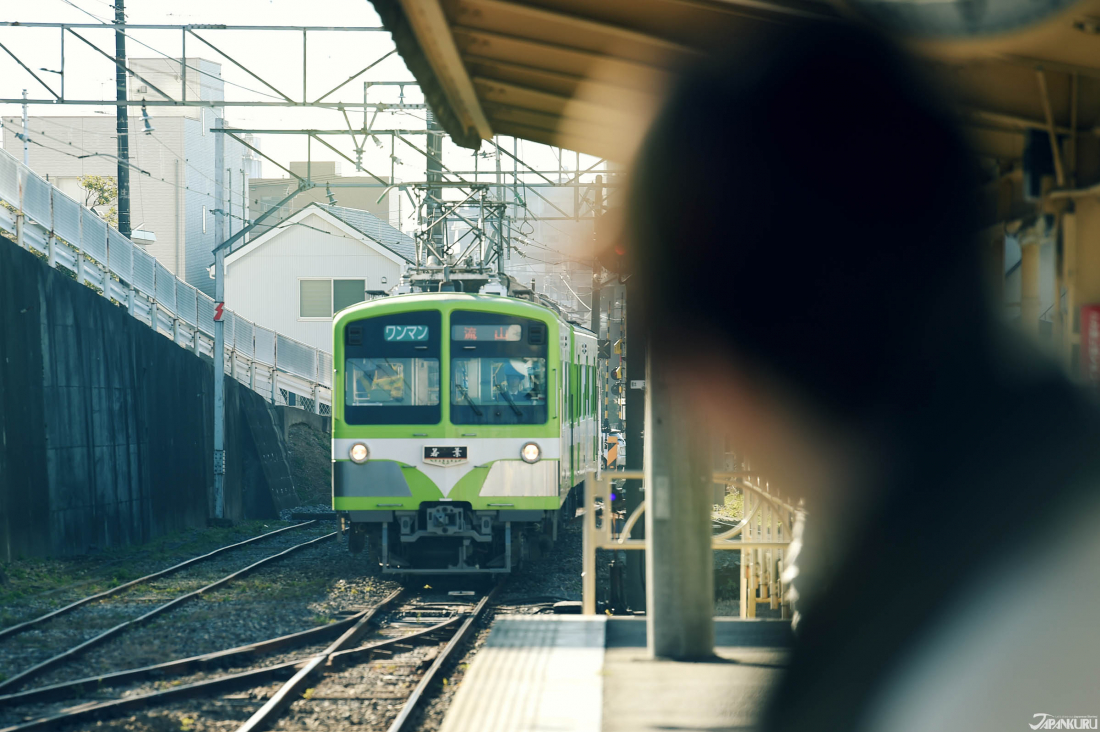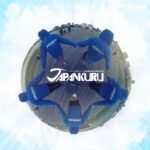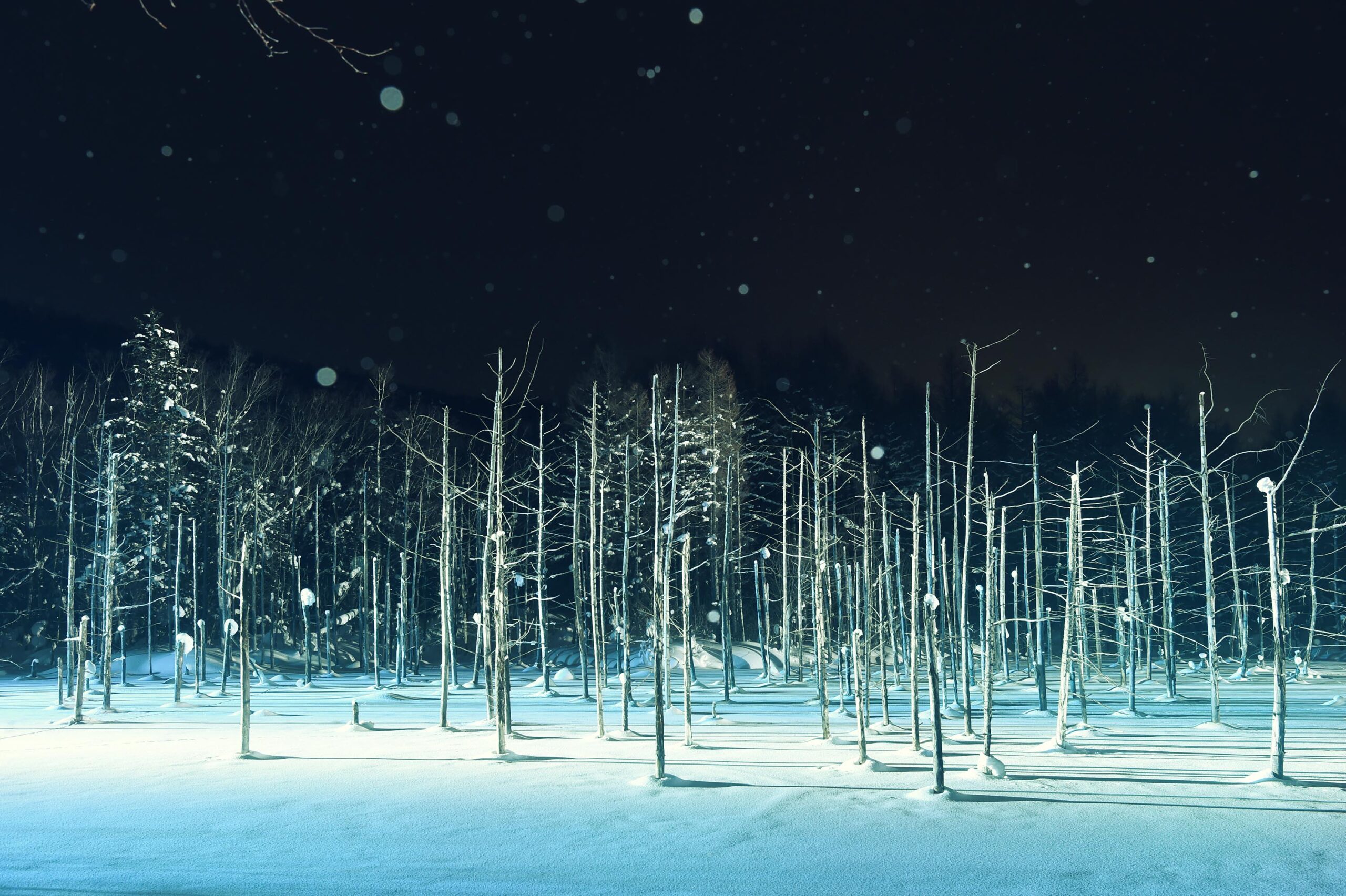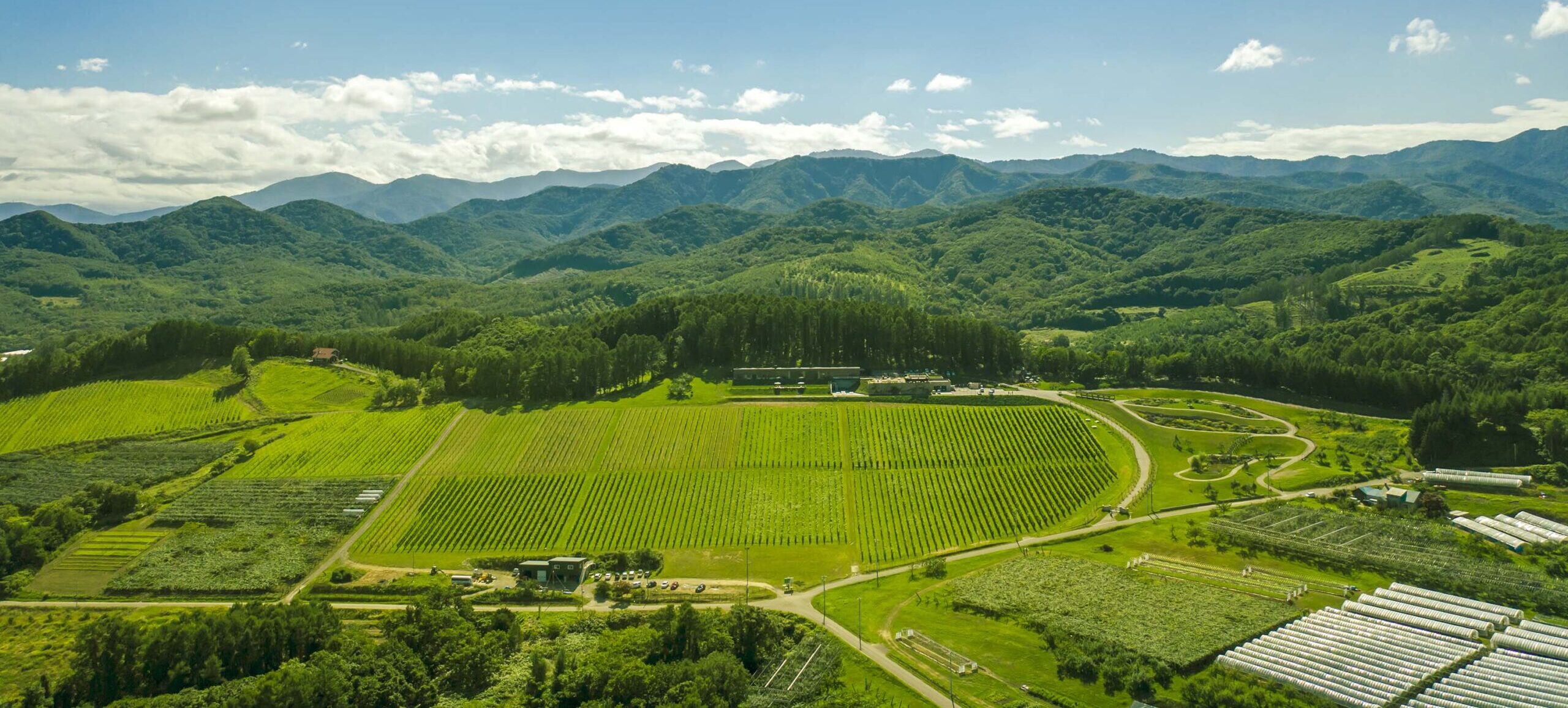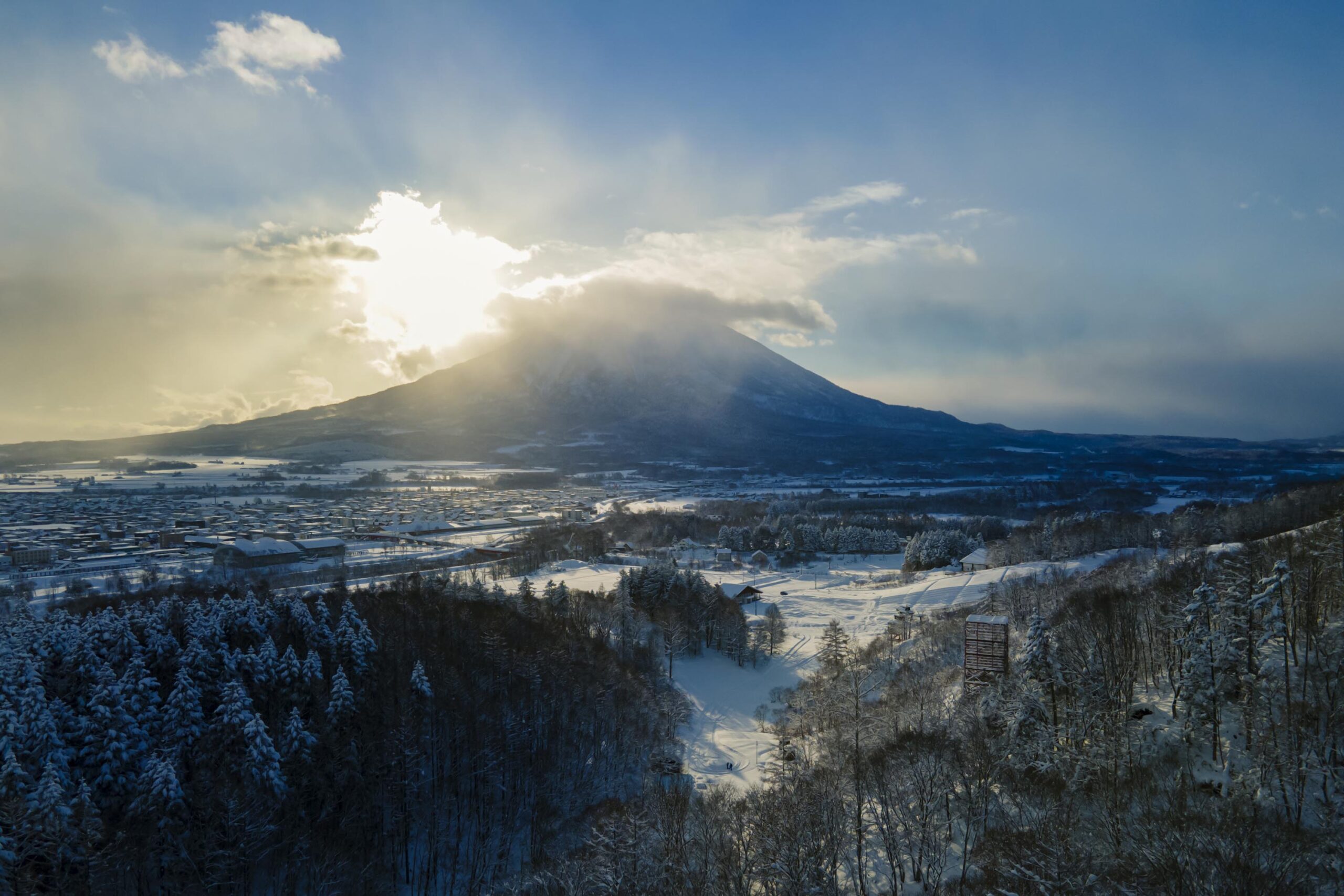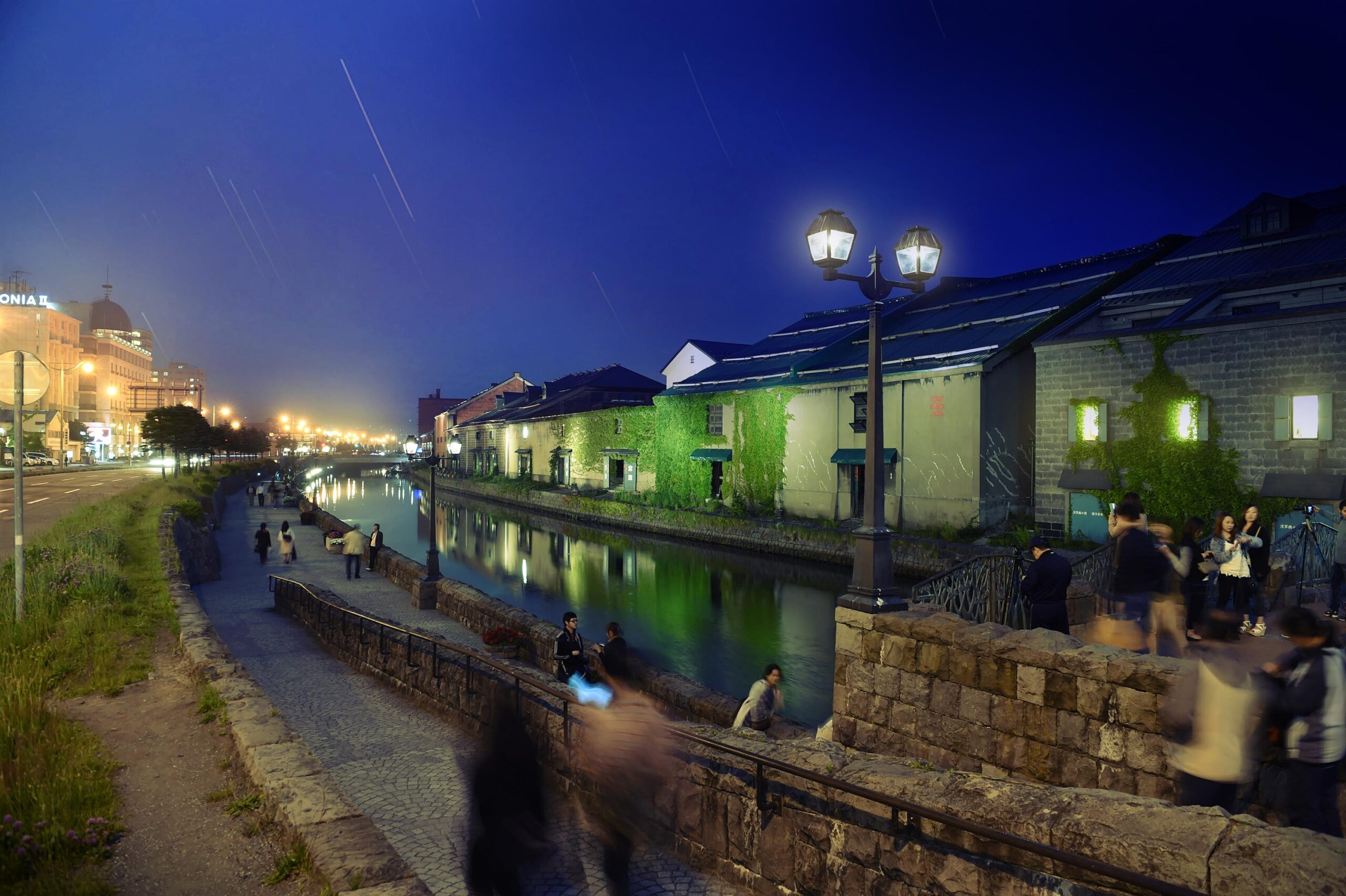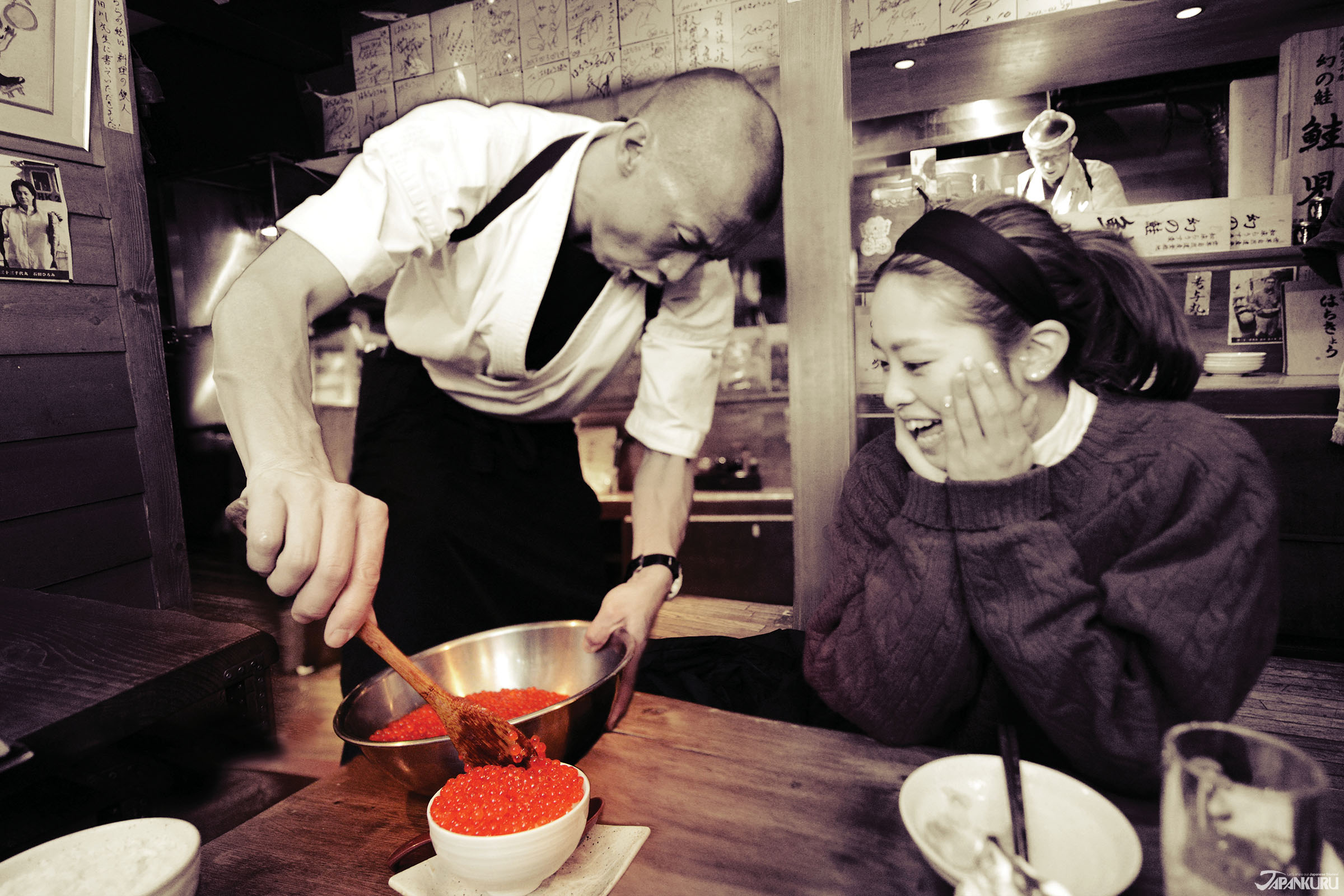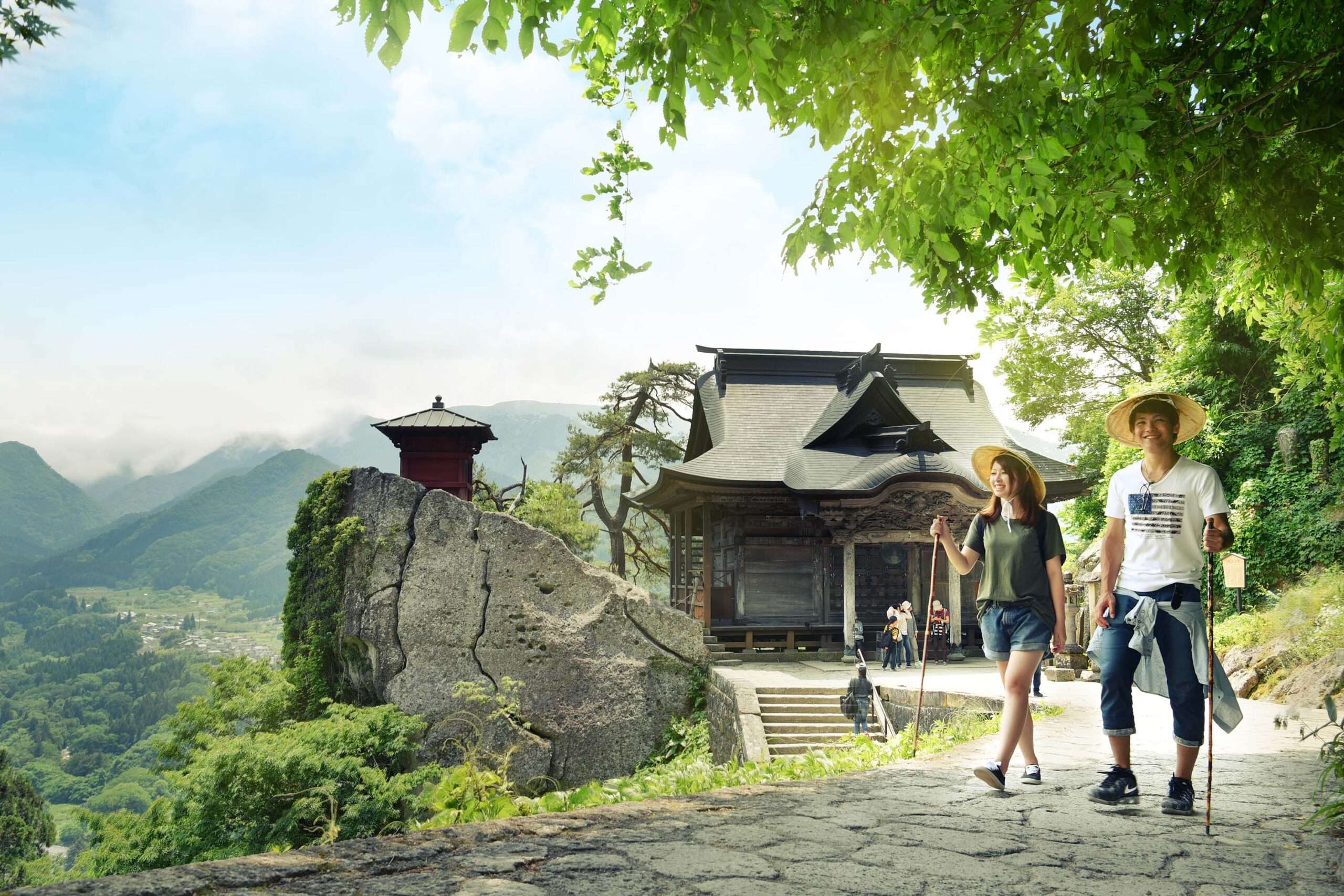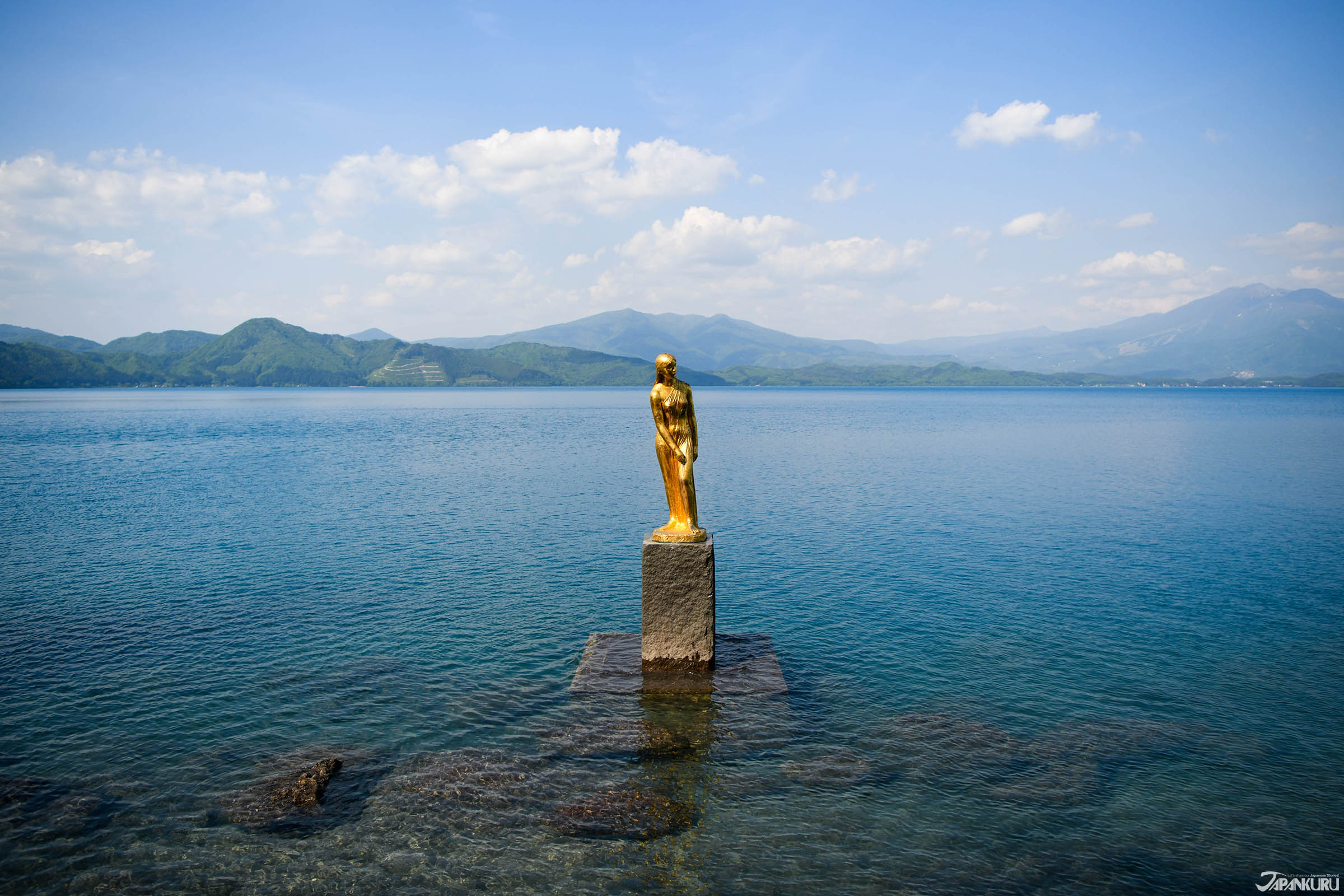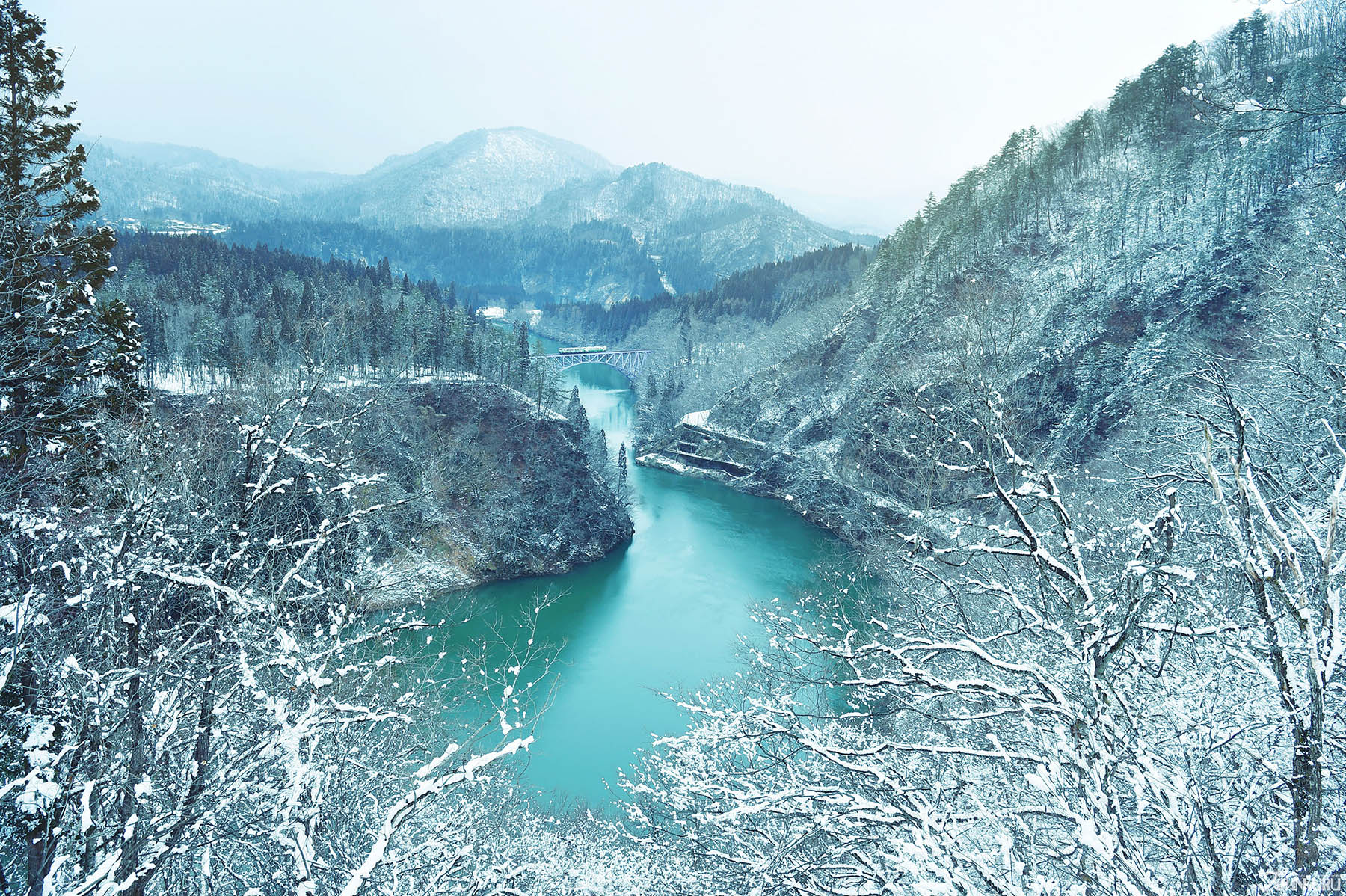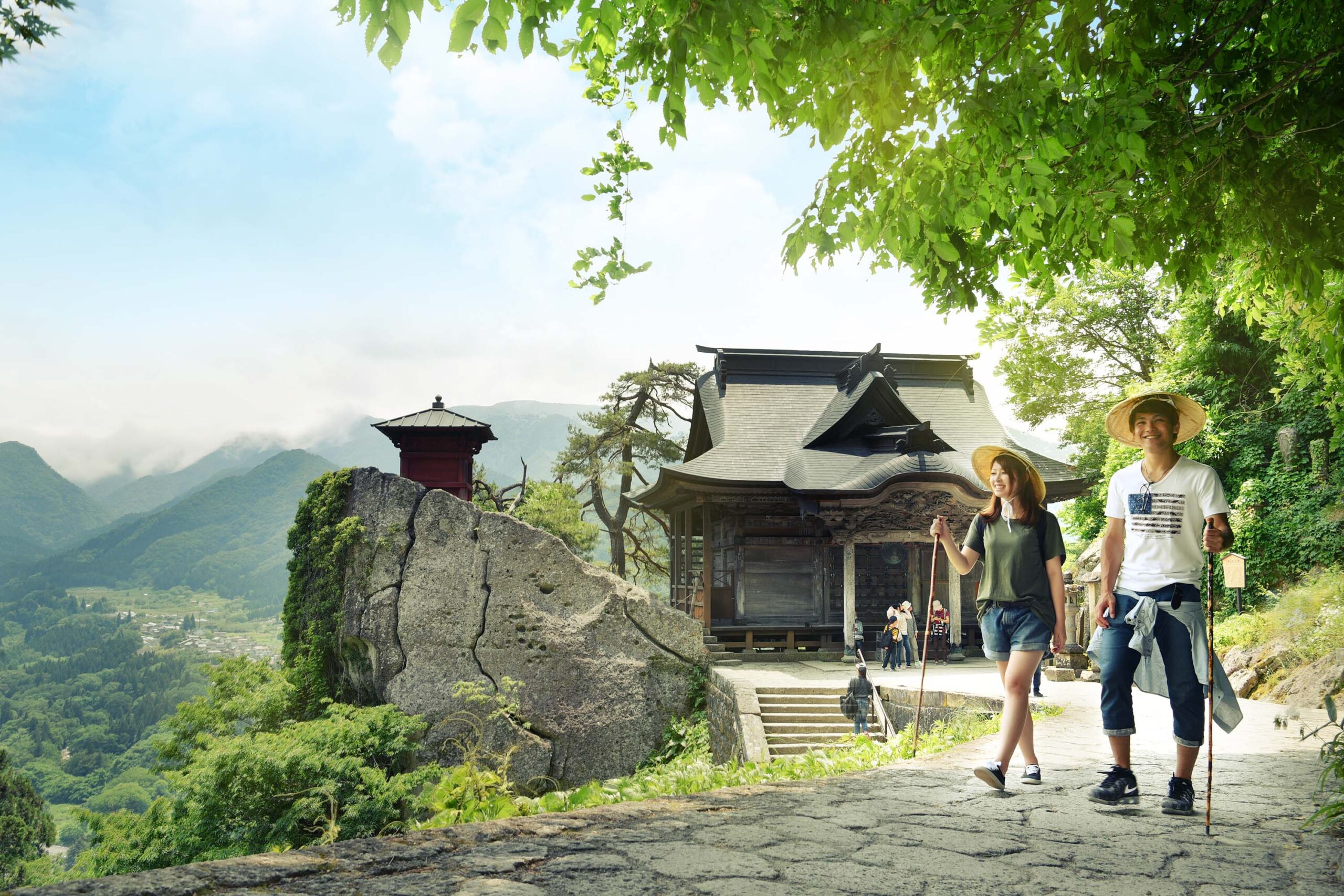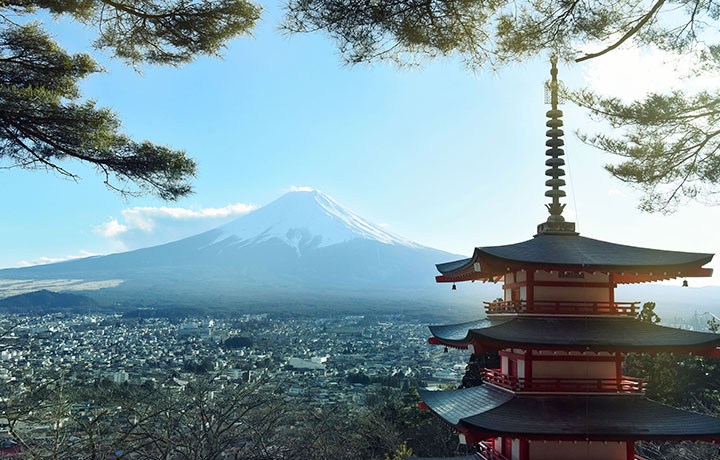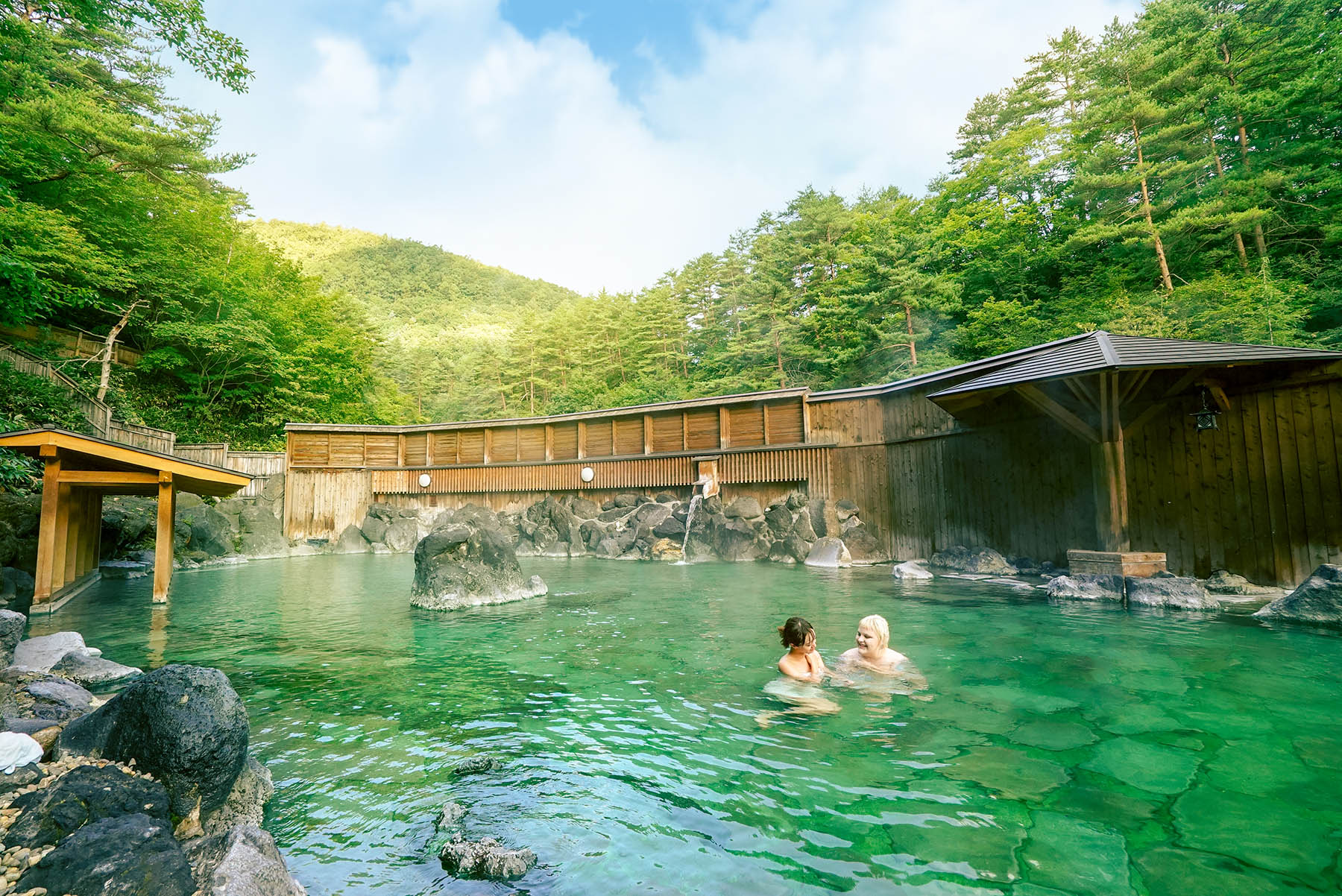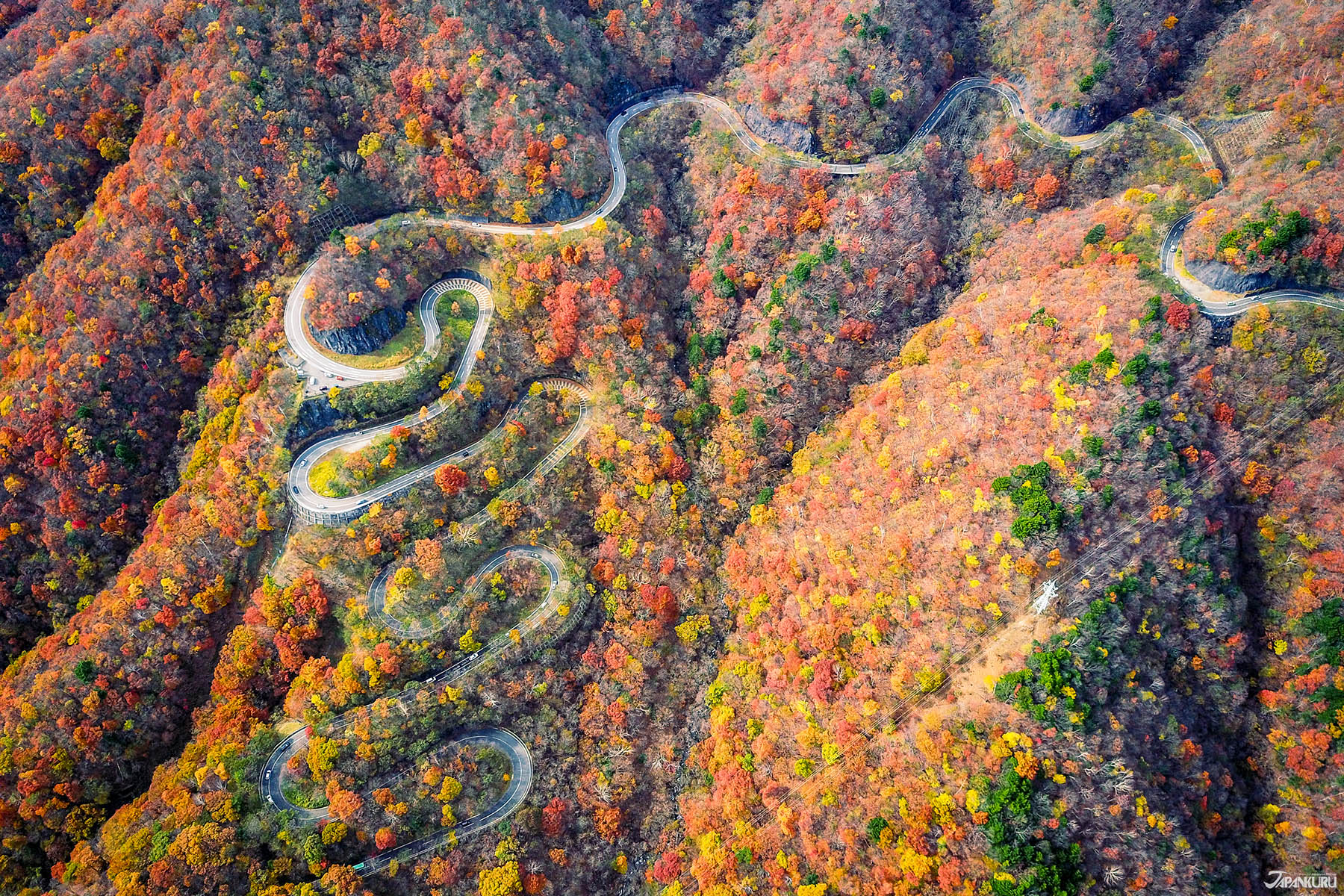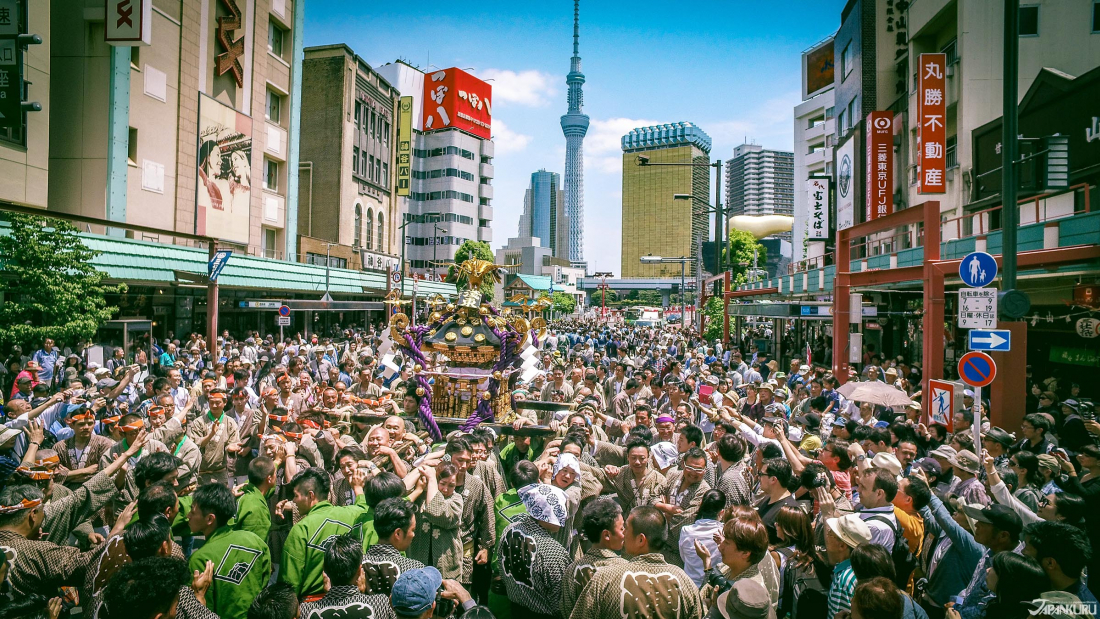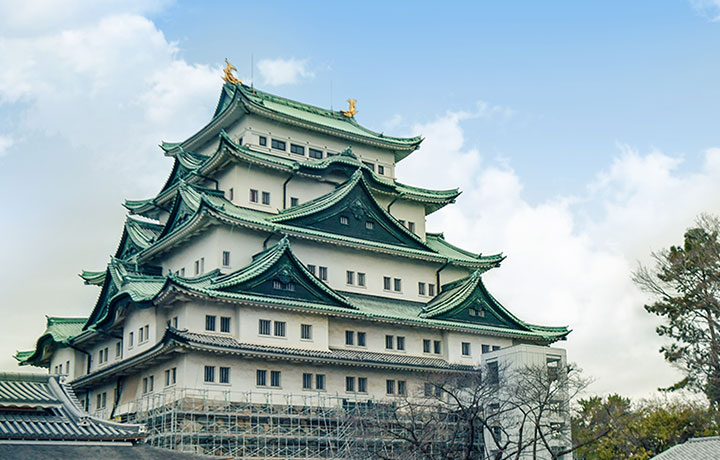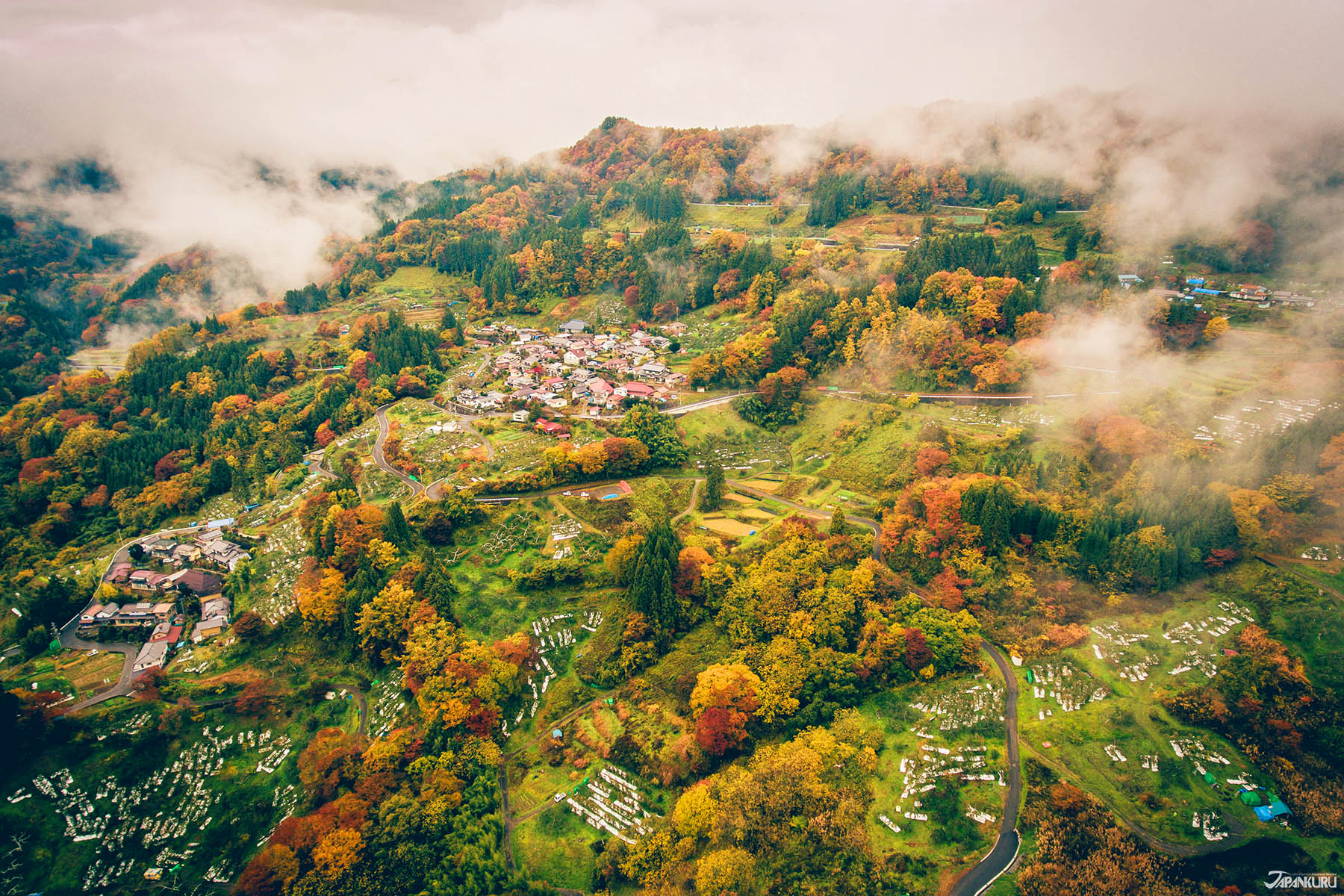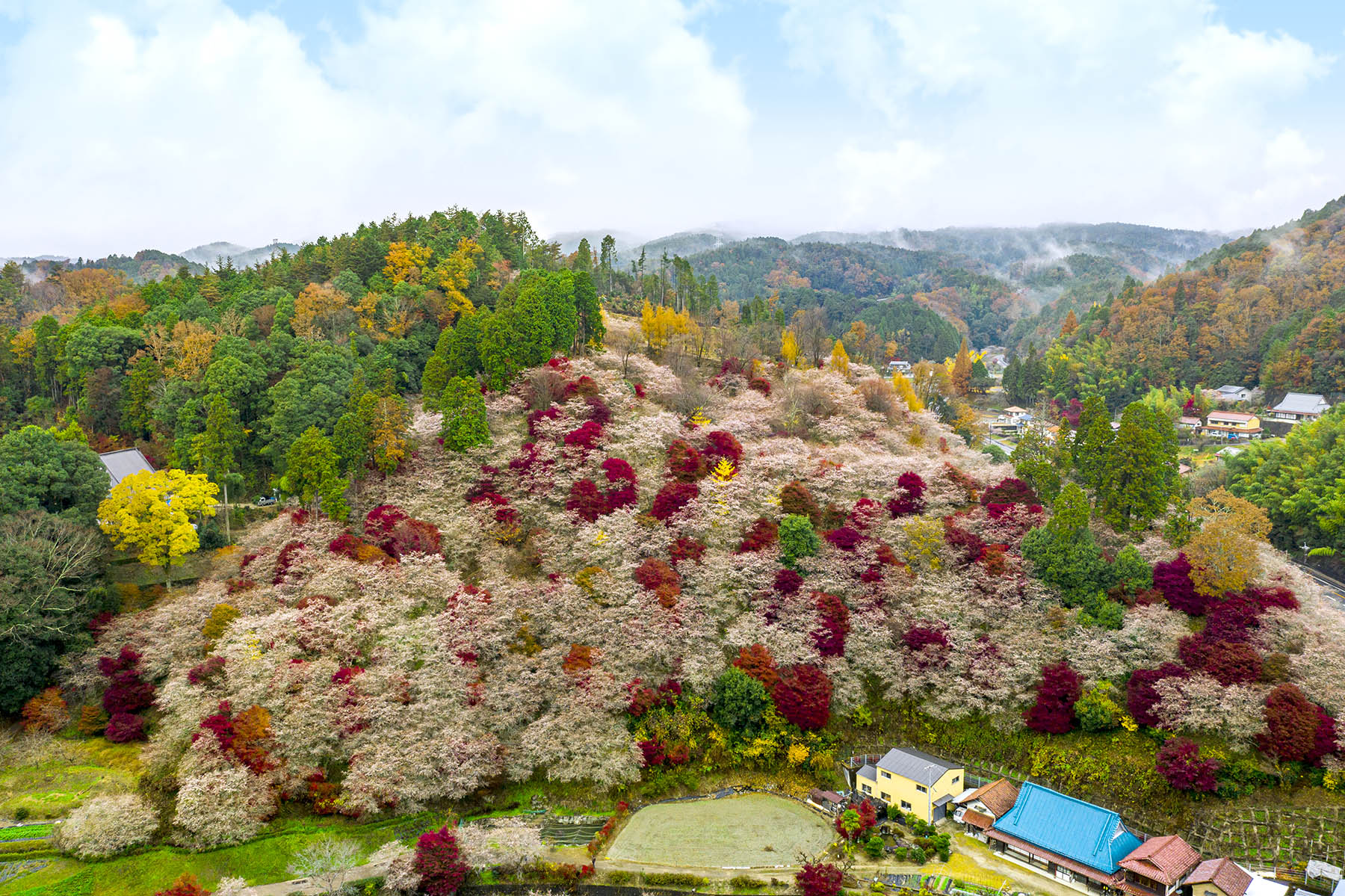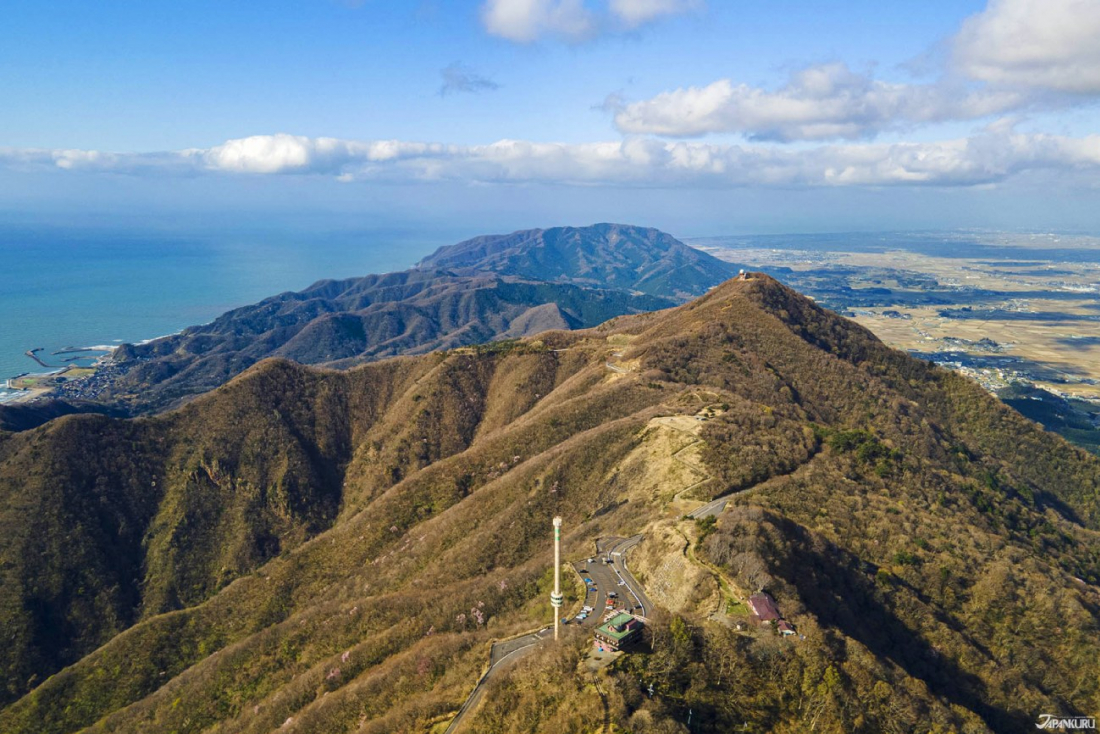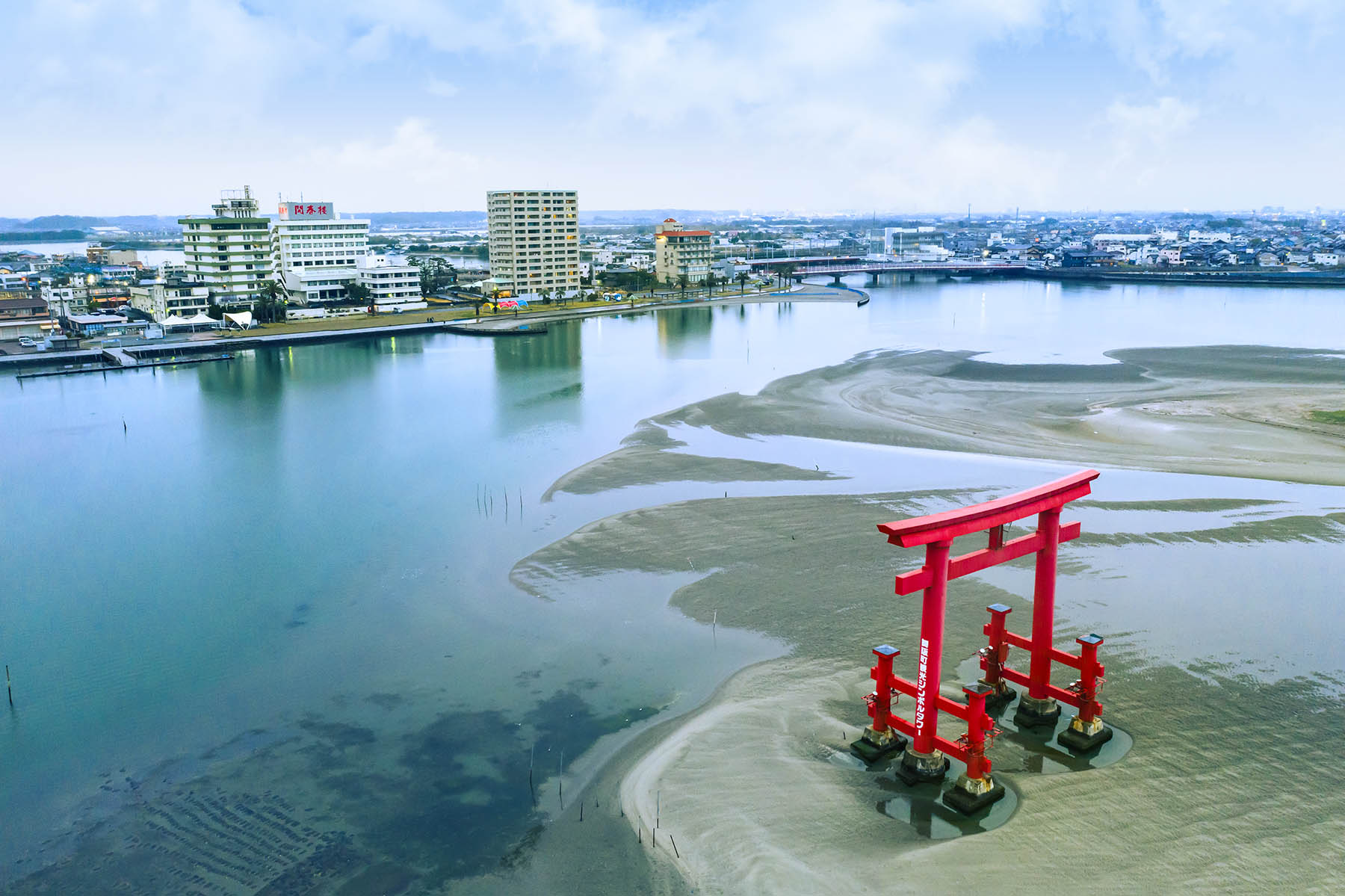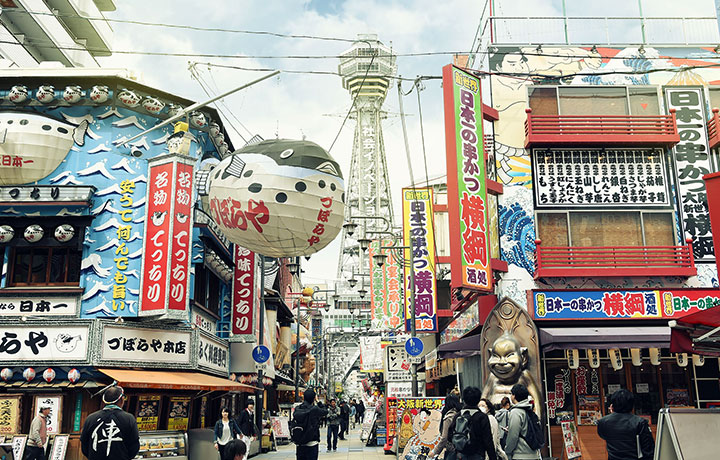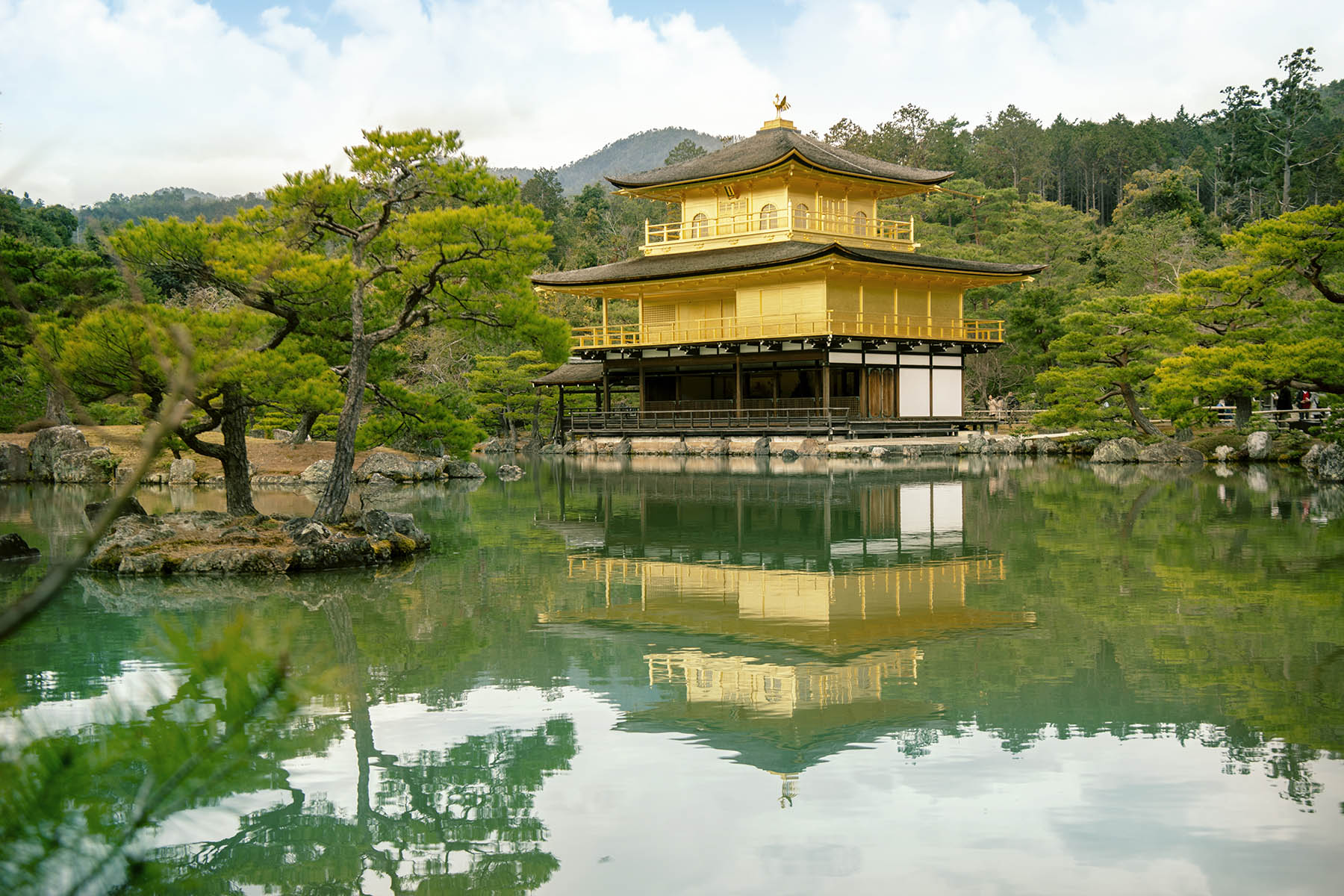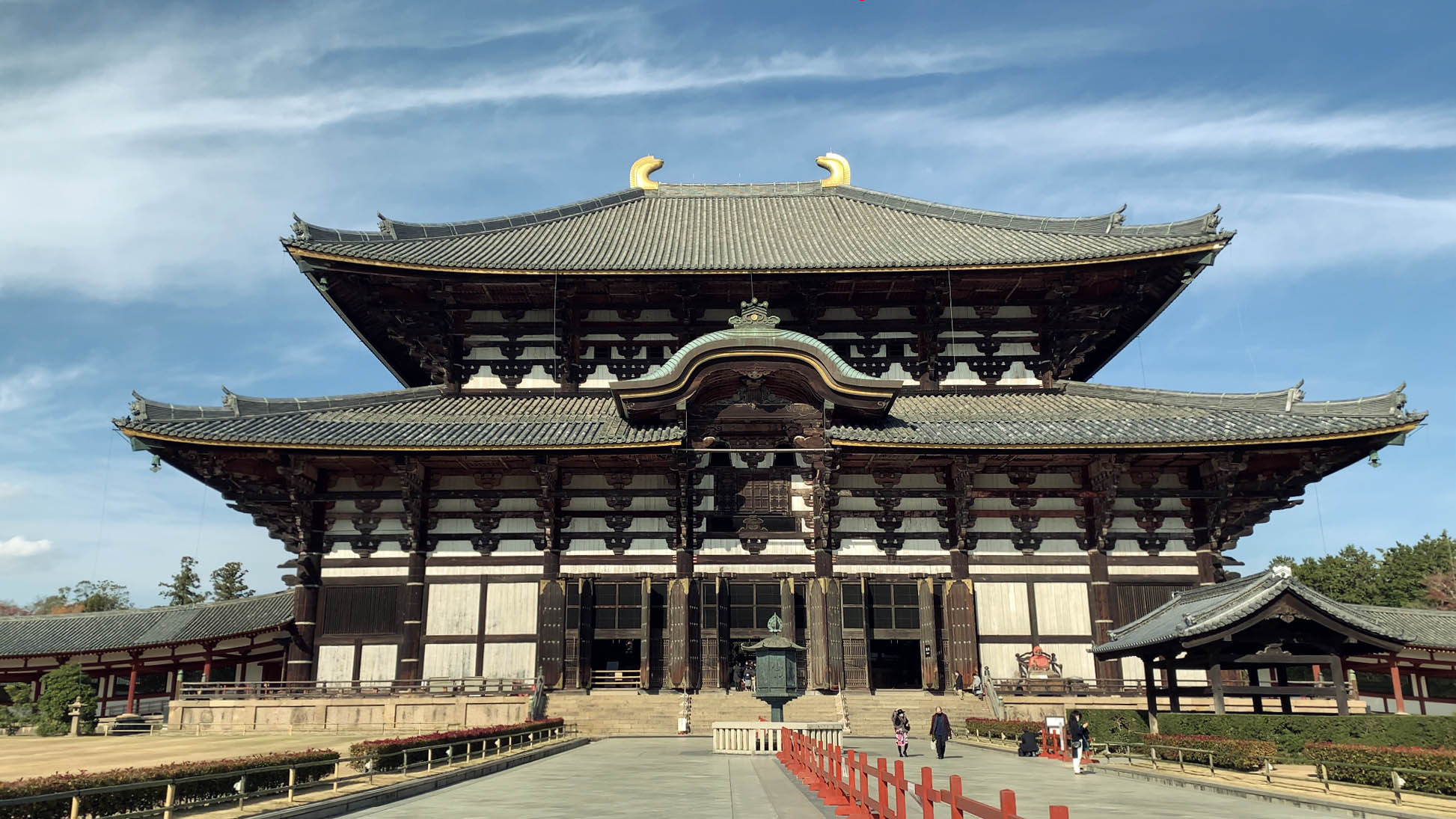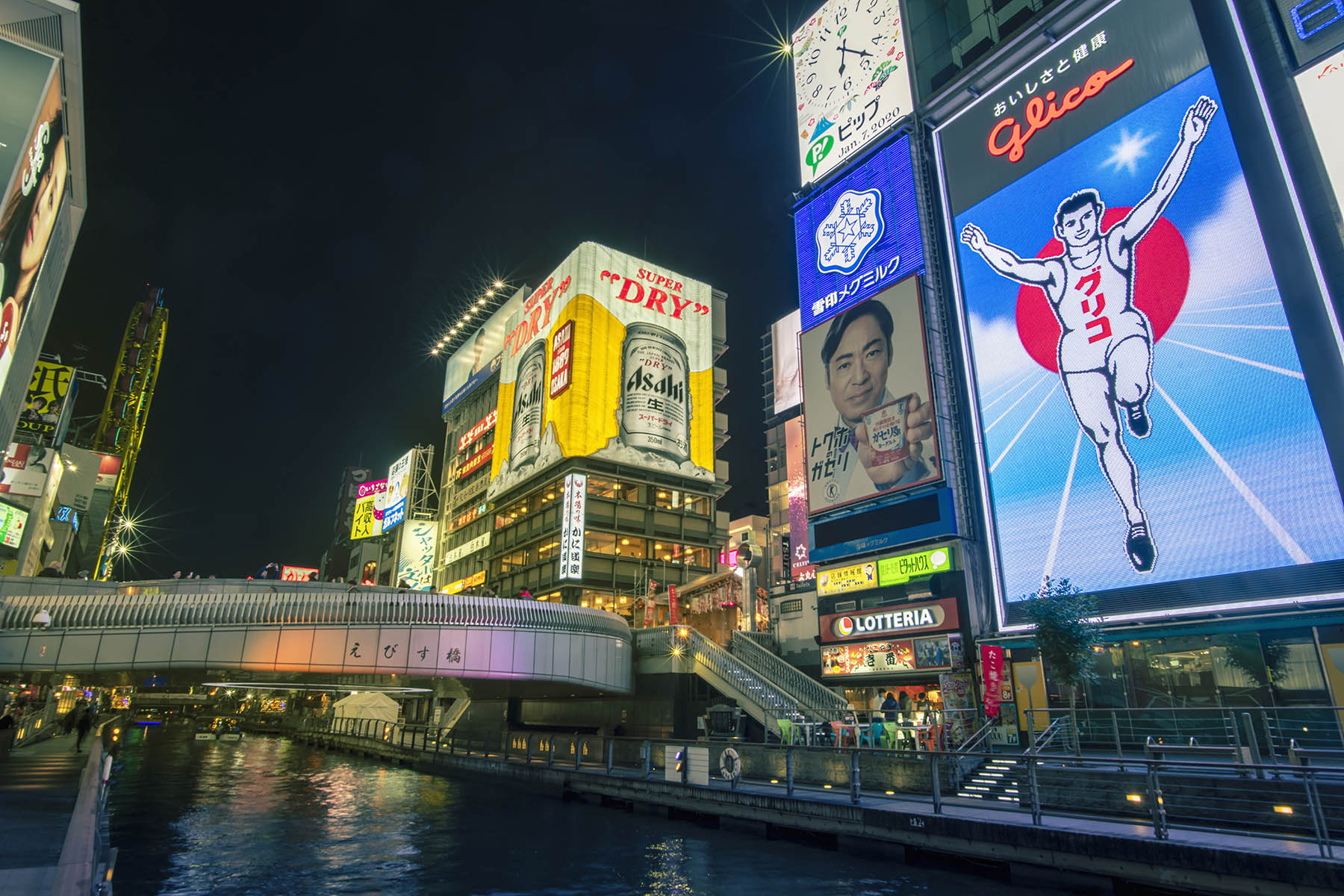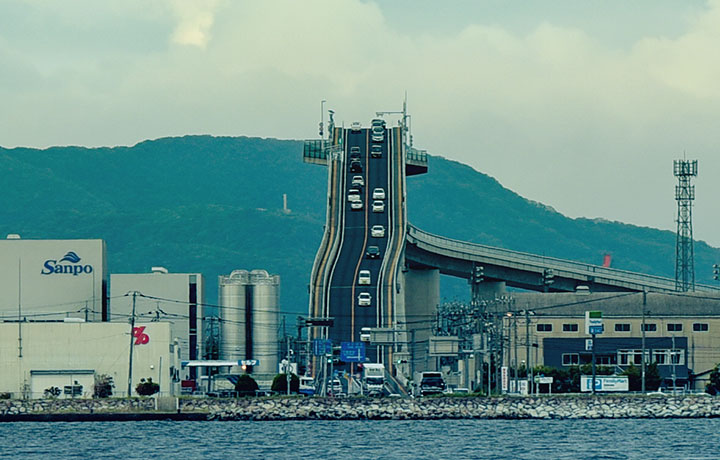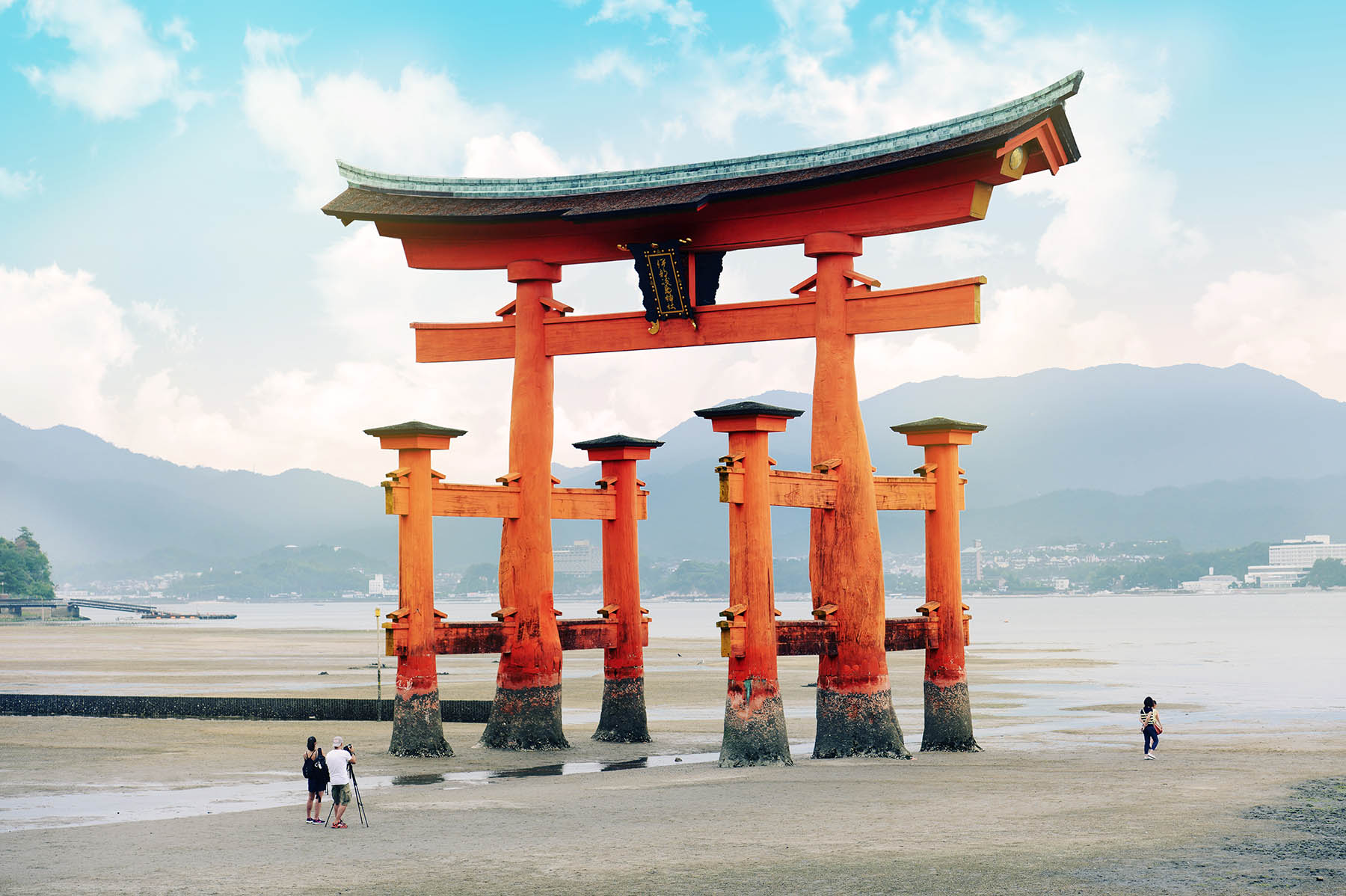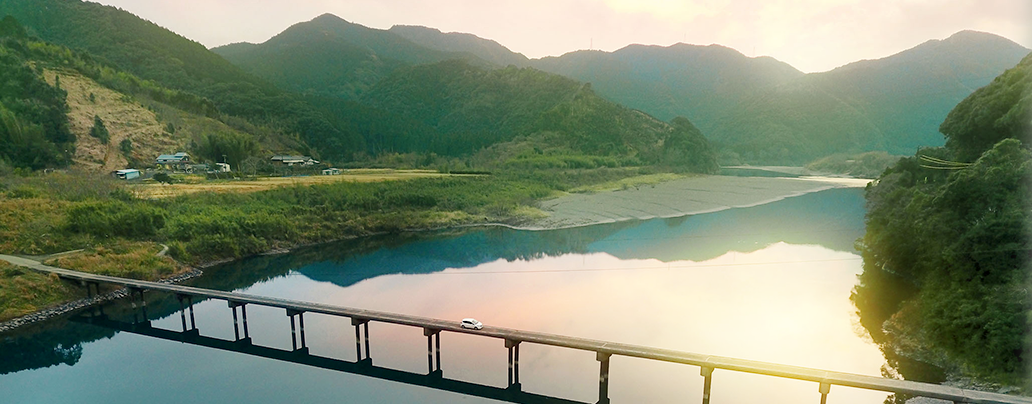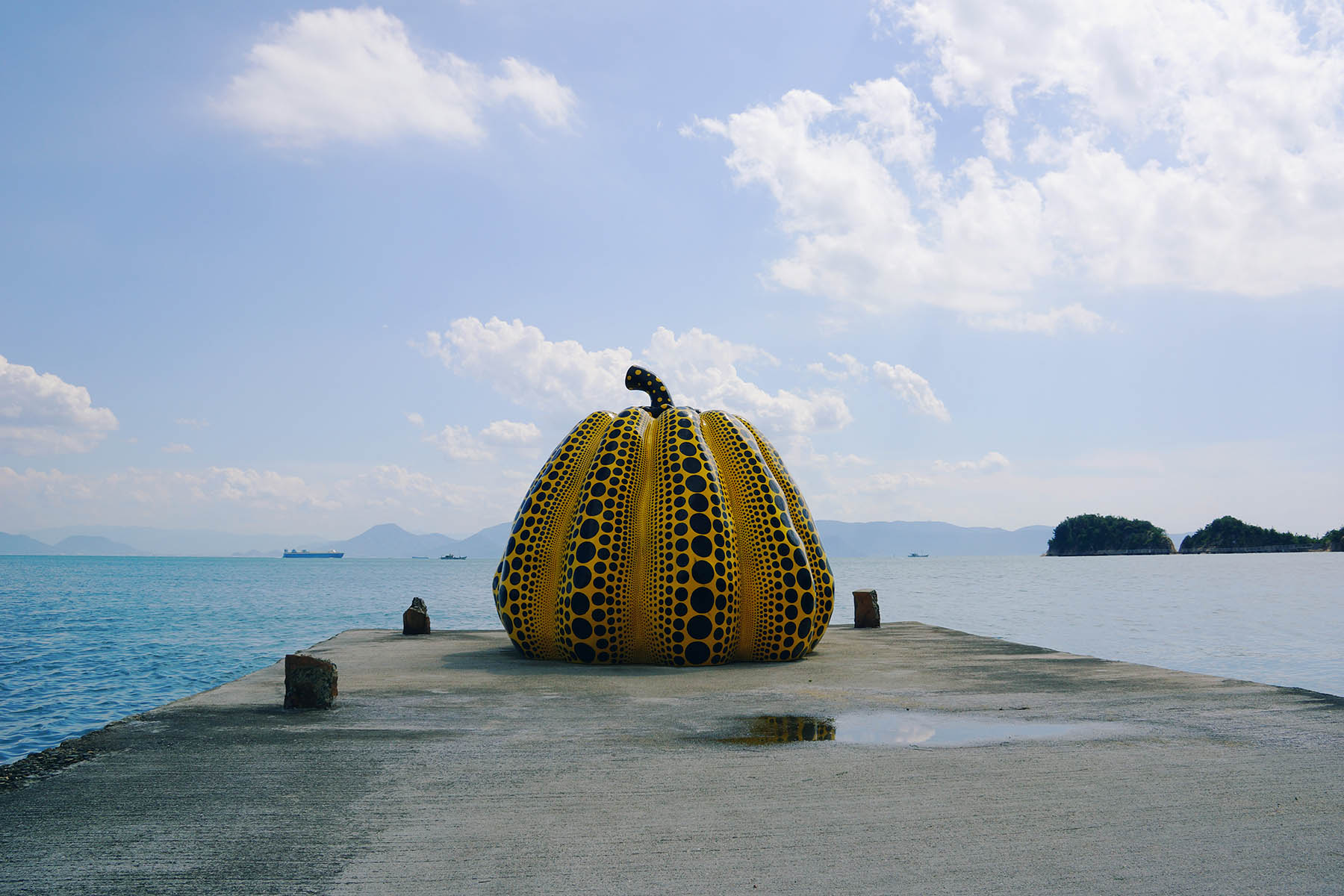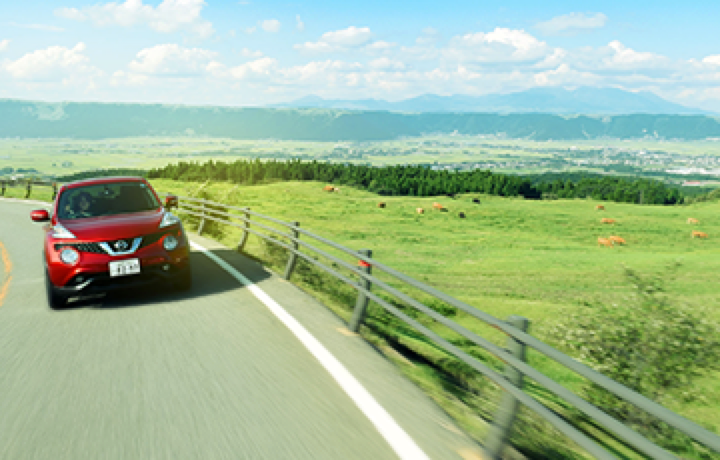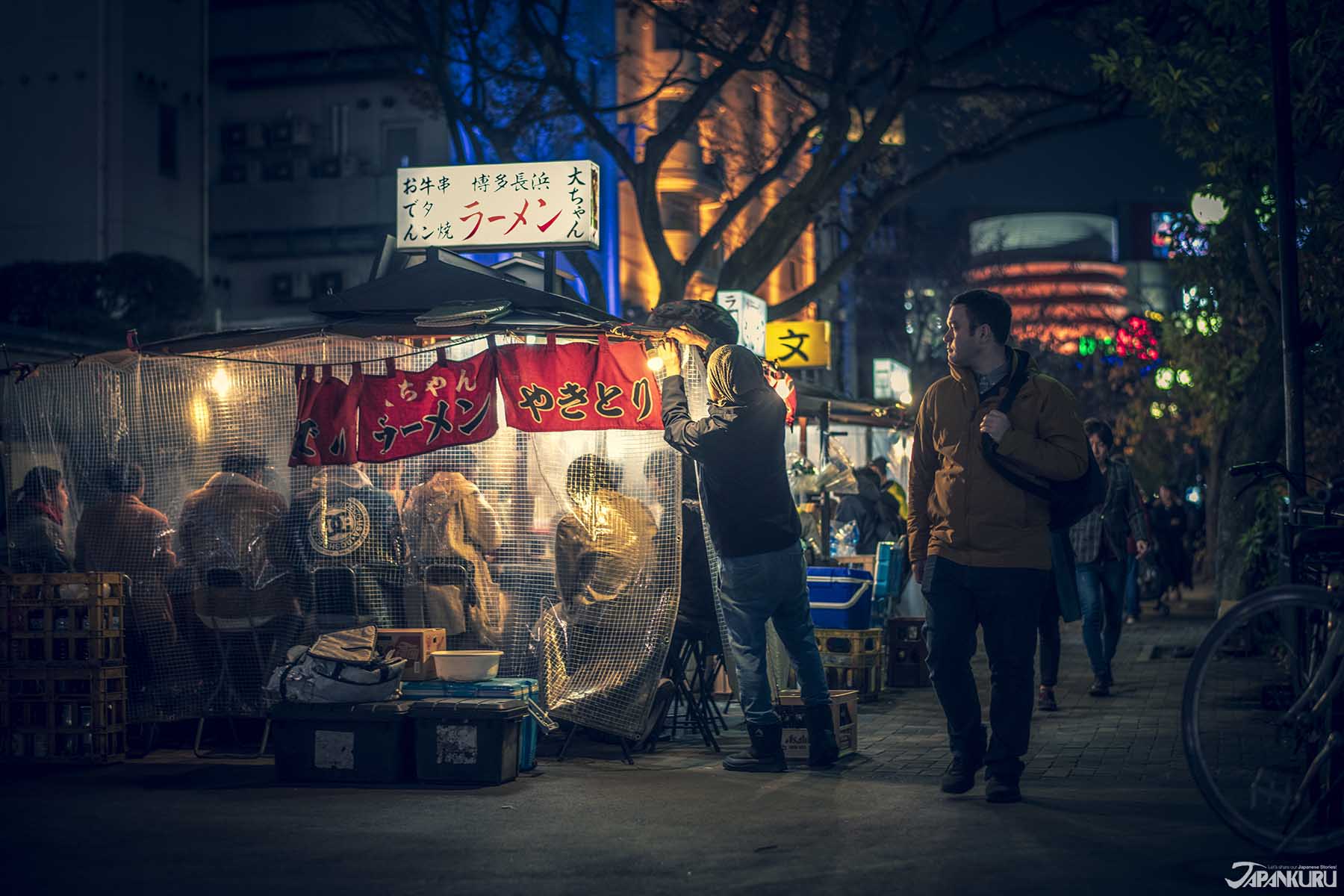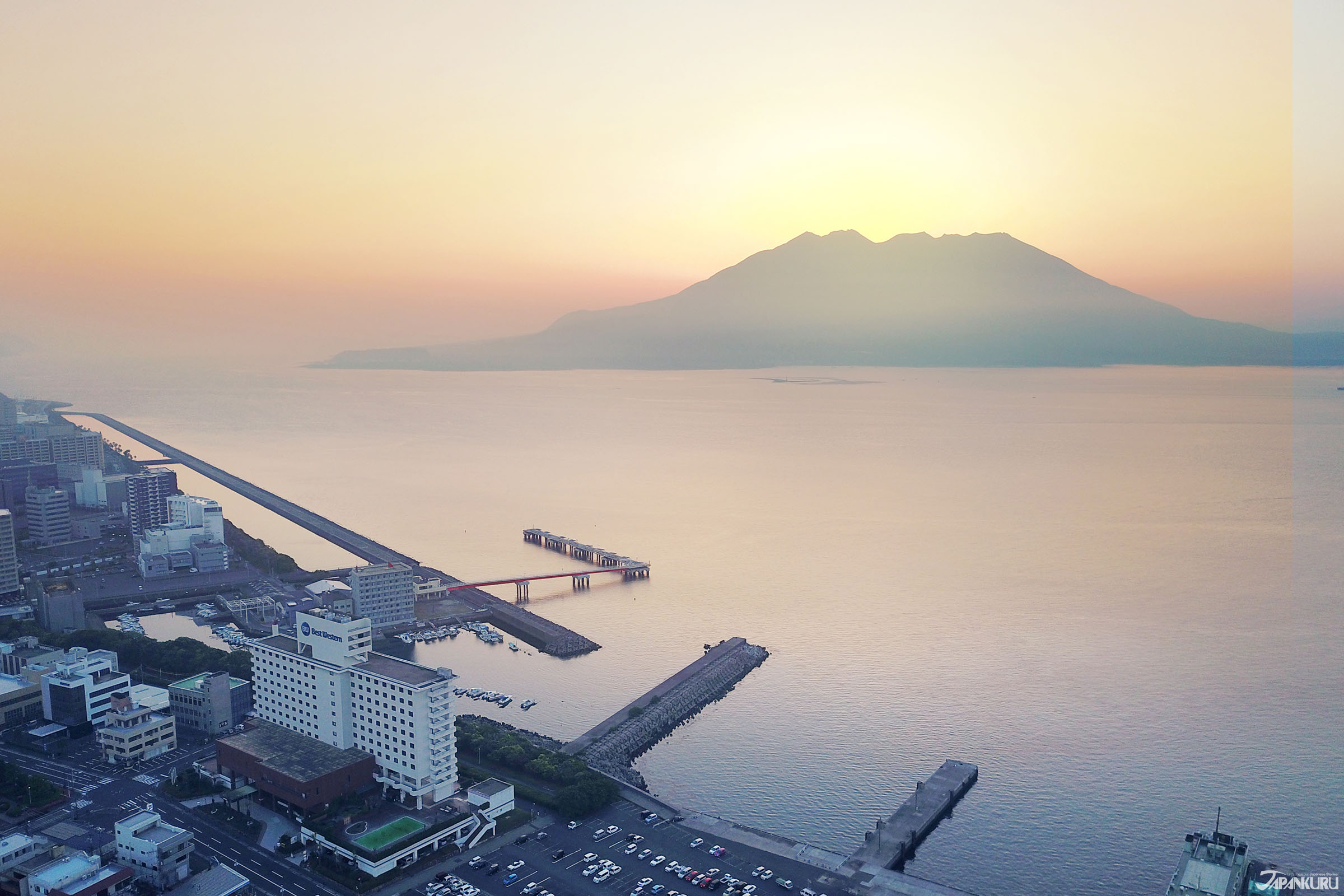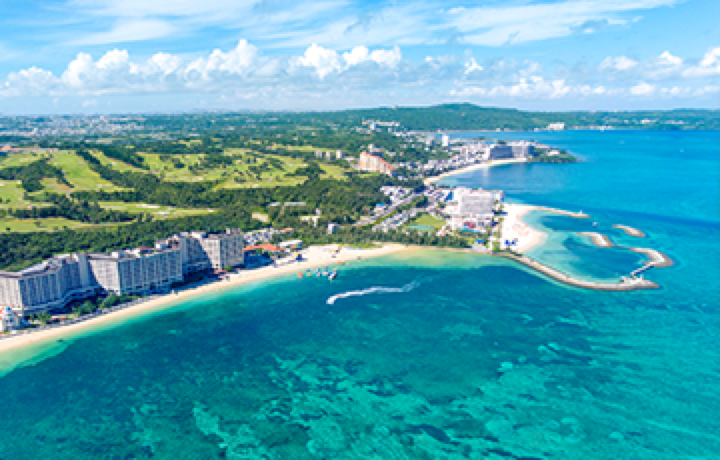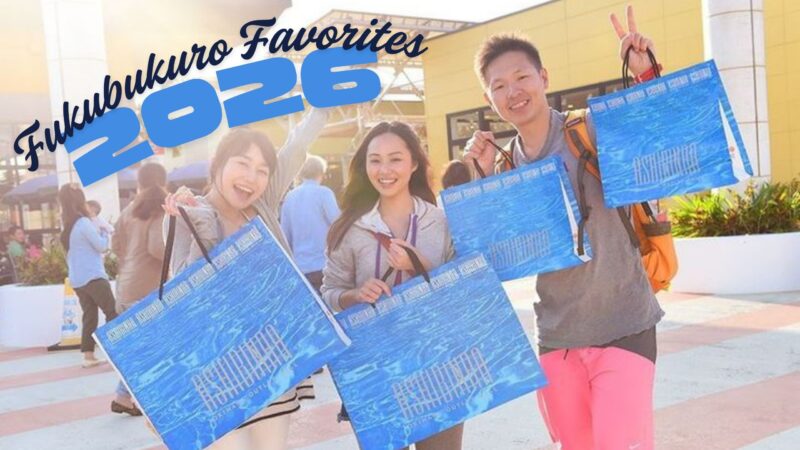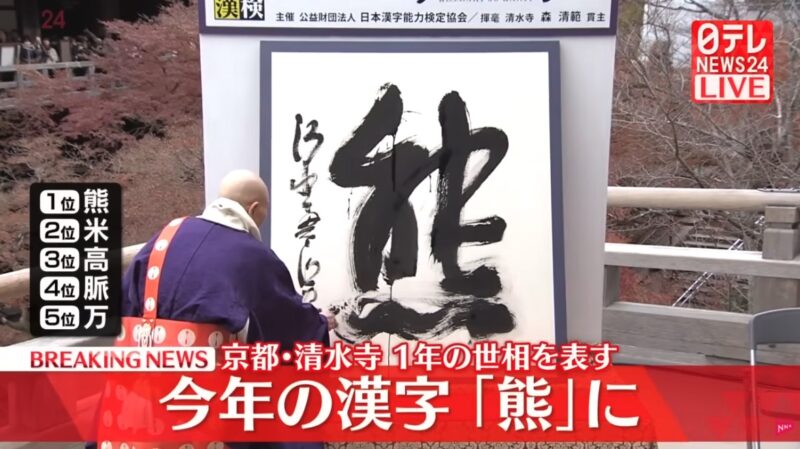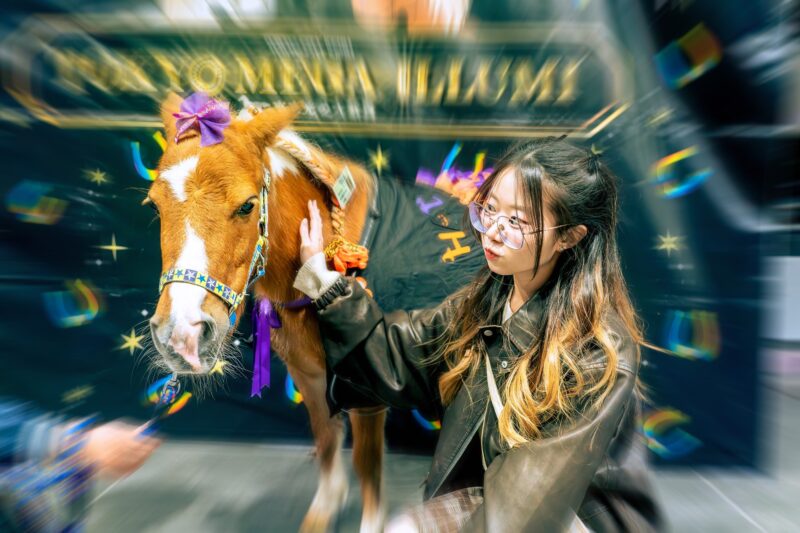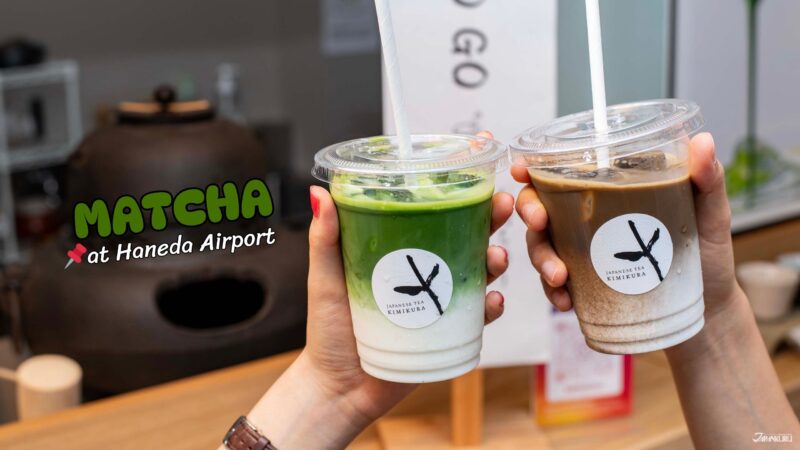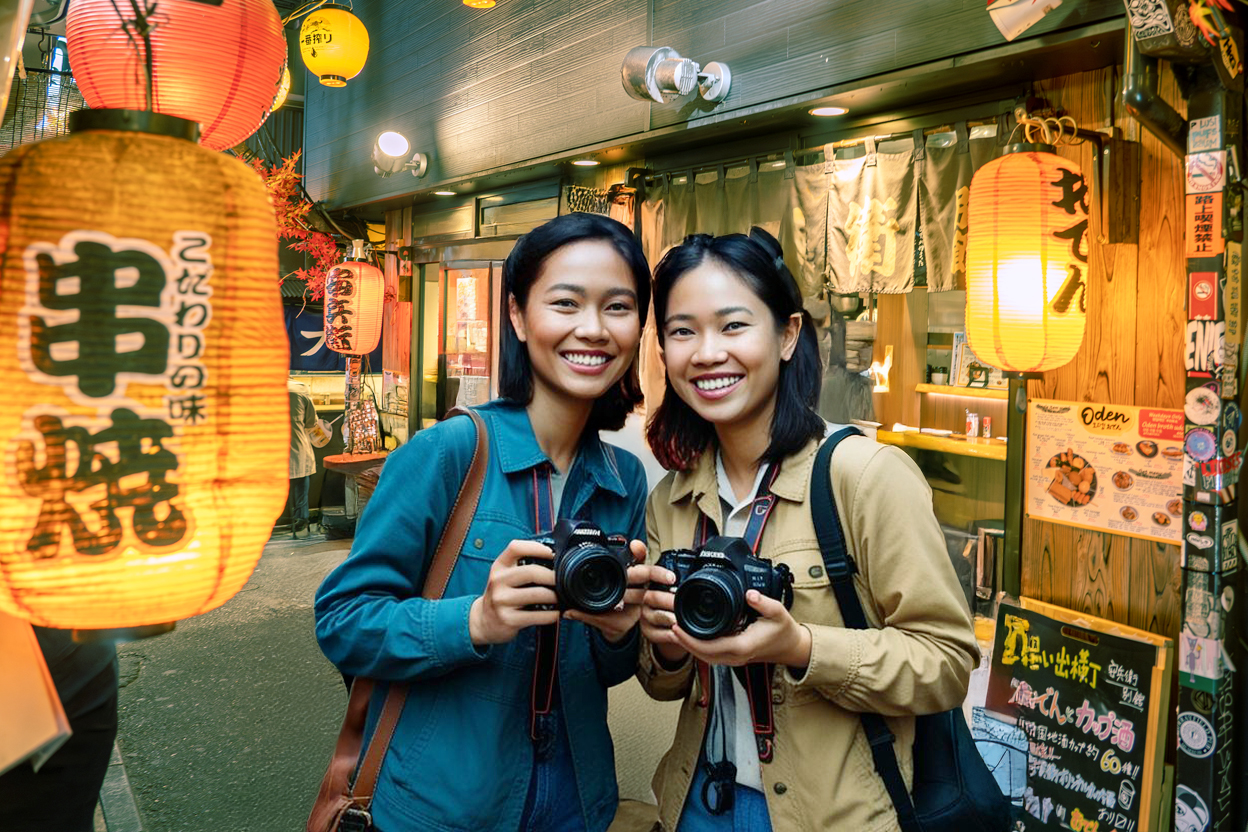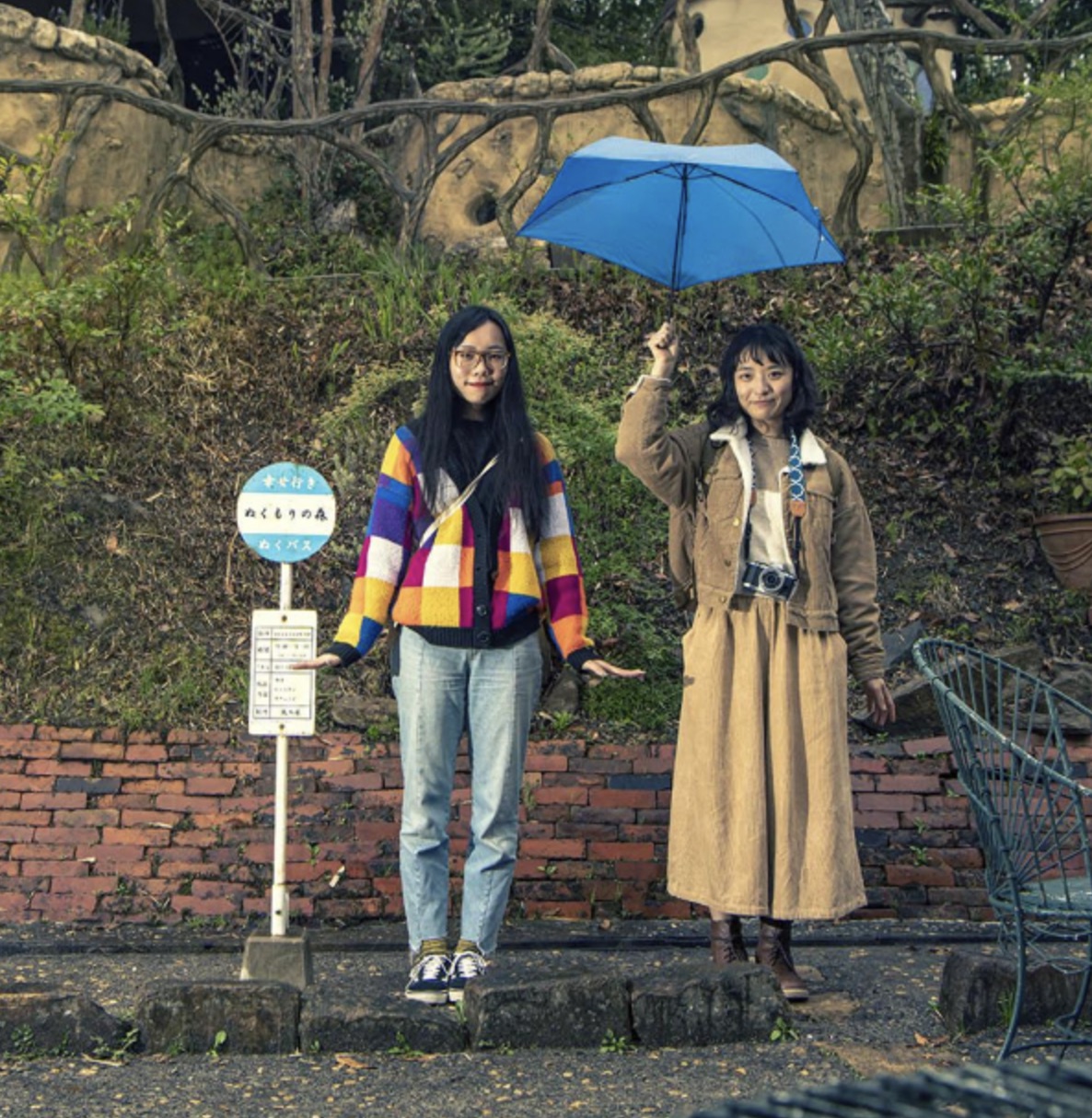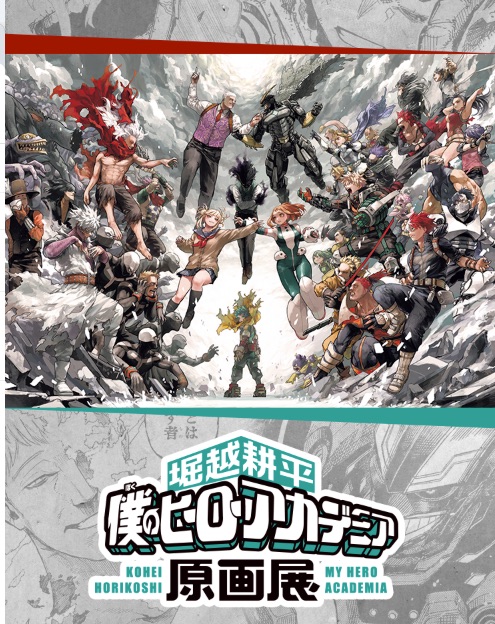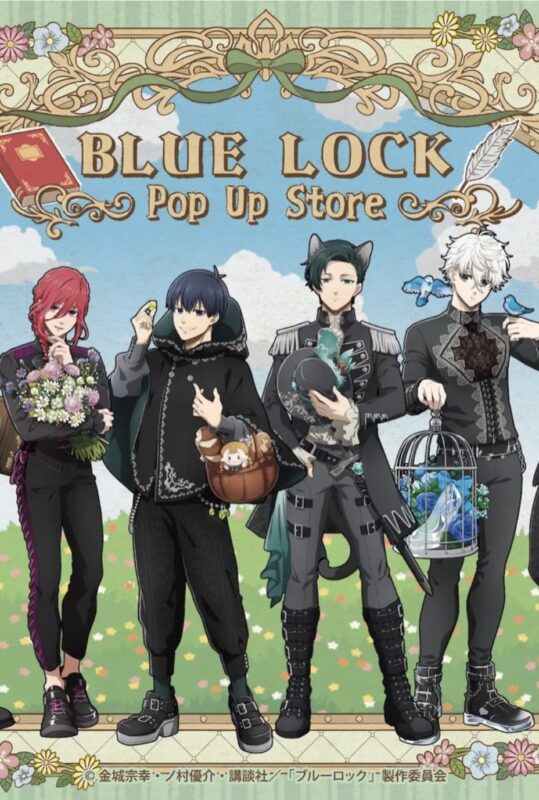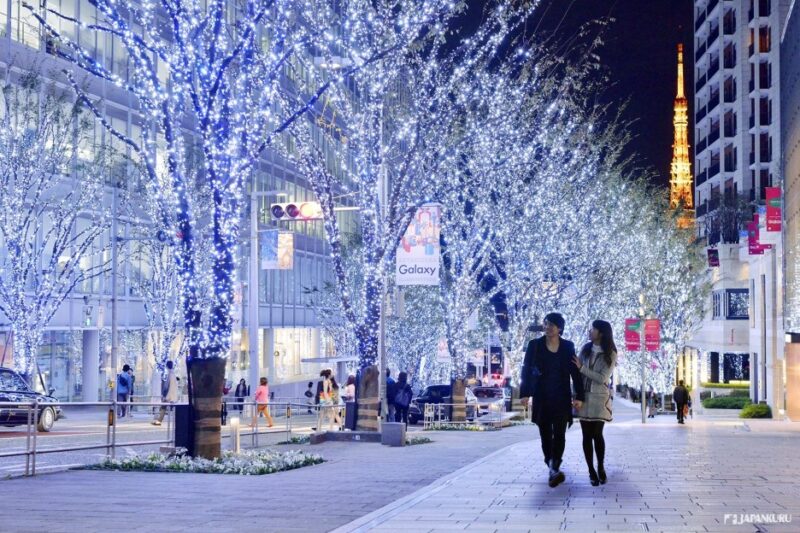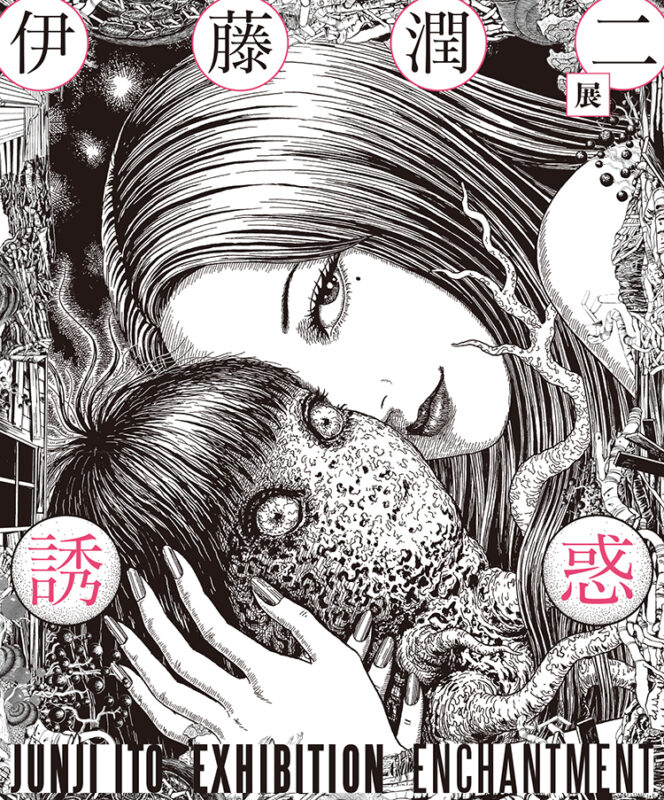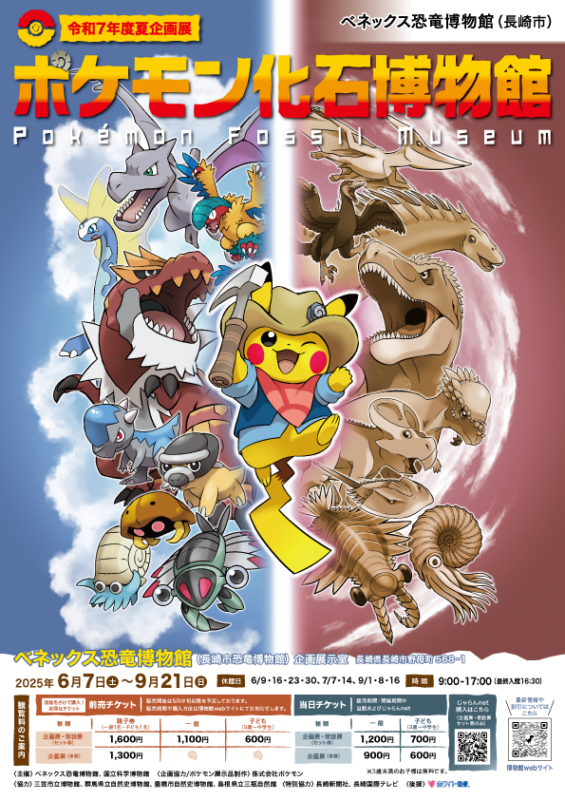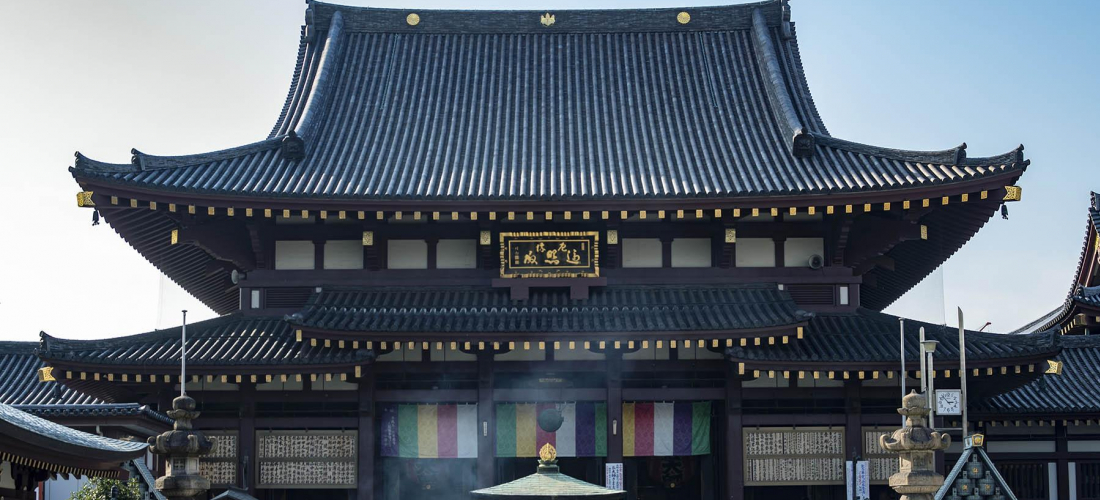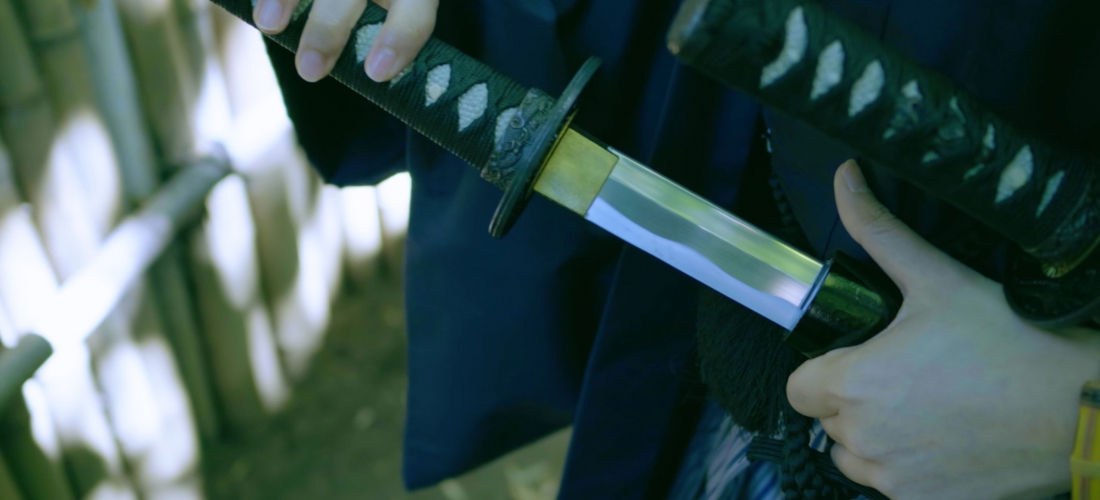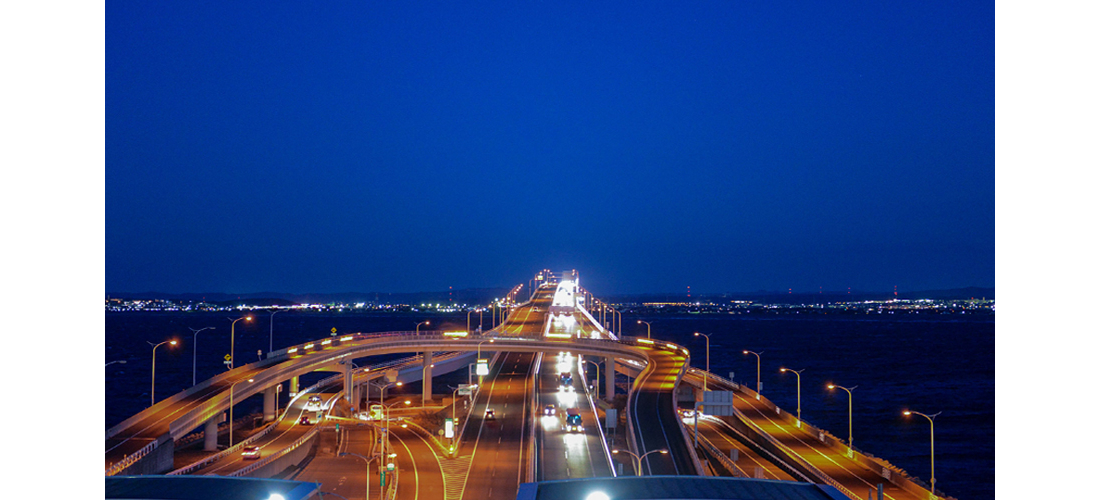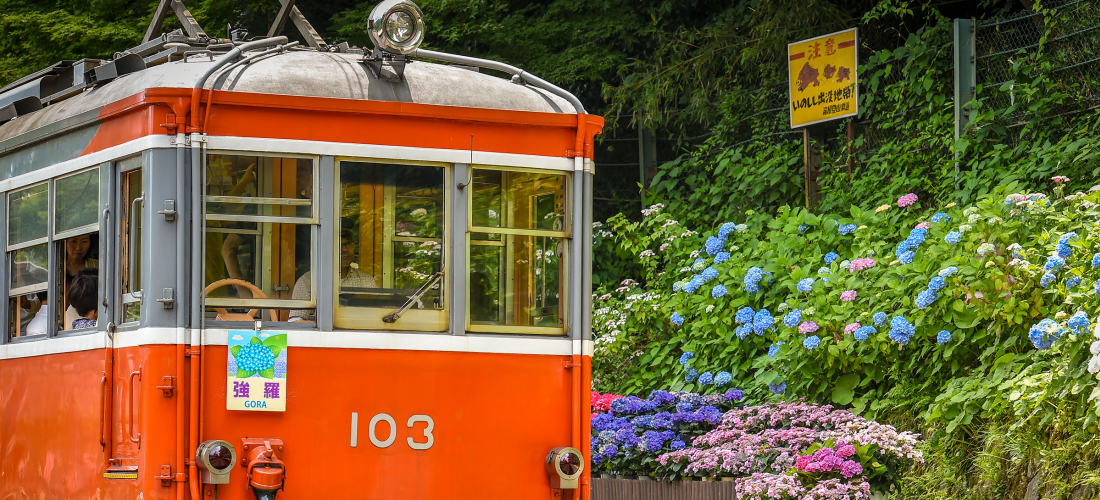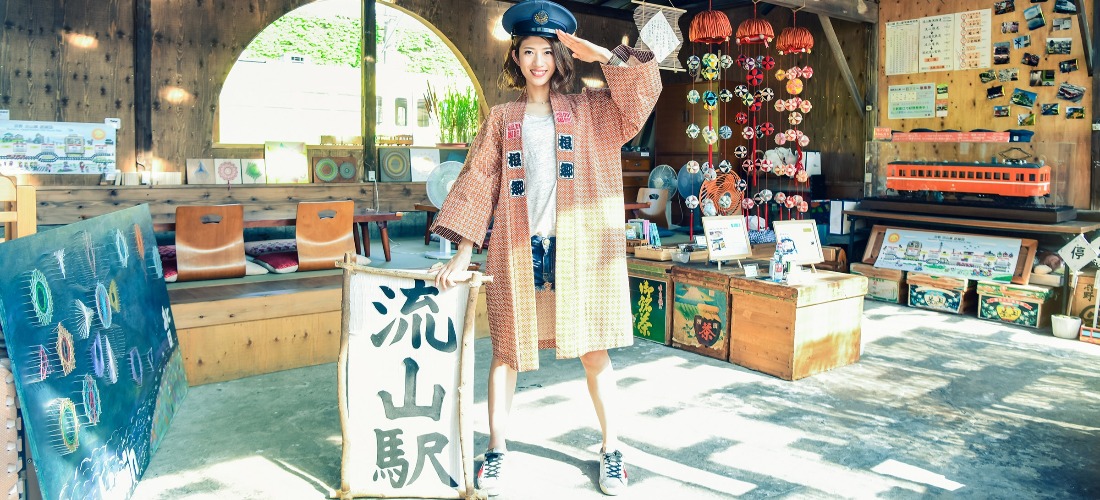
CONTENTS
There are a ton of unknown cities to visit close to Tokyo. After you have visited Tokyo's main tourist spots, why not check out Tokyo's suburbs? This time JAPANKURU will take you to Nagareyama City in Chiba, about half an hour from Tokyo!
In recent years, we have heard many rarities of old-fashioned craftsmen and women continuing to do what is important to them and their family despite new culture and trends. Similar to Kagurazaka, one of the best things you find at places like Nagareyama not only linking with the history of the past but the warmth and desire to connect with everyone is very strong.
You can only reach the town via subway or TX Tsukuba Express. So if you would like to visit a place to get away from all a hustle and bustle of Tokyo, or experience a more intimate city, follow JAPANKURU on their visit to Nagareyama!
(流山おおたかの森駅)
The fastest and easiest way of getting there is by the Tsukuba Express (つくばエクスプレス),
you can get there in 20mins from Akihabara.
you can take Tobu Railways (東武鉄道) to a desired station.
KUBOTA SAKE (窪田酒造)
The Kubota Brewery (窪田酒造) is a Japanese sake manufacturing factory that was founded in 1872.Chiba has a pretty long history of sake, particularly the nihonshu (sake) Katsushika (勝鹿), which was made here and is well known throughout the country. Sake became a big part of Chiba history primarily due to the high quality of water transport through the canal that started around Japan's Kanei era (1624-1643).
Here at the distillery, they took us through the Japanese sake brewing process; the rice polishing, steaming, koji making, etc. At the end is a table with all these different sake and mirin for you and your friends to taste! It was our first time trying pure mirin. We could not believe how sweet natural, it was!
Head next door and you'll see Kubota Miso Soy Sauce (窪田味噌醤油). Starting in 1925, it is a factory to make miso and soy sauce. If you pop inside and you will see a space selling the raw materials of soy sauce and miso, as well as some of the "only in Nagareyama" condiments that are great for those interested in cooking Japanese food.
685 Yamazaki, Noda-shi, Chiba
Google Maps
⏰: 8:30am~5:30pm
📞: 04-7125-3331
🖳Kubota Sake official website (JPN)
– Nagareyama sightseeing guide application page (English)
→ There is a facility for those that want to experience in Nagareyama.
If you don't understand Japanese, you can apply for a free English guide by using the above page.
TOWA (蔵のカフェ+ギャラリー灯環)
The cafe TOWA is great for those who like hidden cafes and restaurants. Originally a warehouse, it became a bright cafe that also sells many community handmade goods.
Aside from drinks, there are 3 main meals to choose from; a Veggies and Rice Plate (農園野菜のごはんプレート), Quiche Brunch Plate (キッシュブランチプレート), and Beef Curry (牛すじカレー).
Nagareyama is not only famous for mirin, but also miso. So if you choose to eat at Towa we advice trying some of their food and/or drinks that include miso or mirin. For example Towa's mirin lemonade! It has the nice tartness of lemonade but the mirin adds a different kind of sweetness.
1-155 Nagareyama, Nagareyama-shi, Chiba
Google Maps
⏰: 10:30am~5:30pm (L.O. 5pm)
Closed: Every Tuesday and Wednesday
🖳TOWA official website (JPN)
KIMURA INKAN (木村印鑑店)
Next, we headed to a Japanese hanko store, Kimura Inkan (木村印鑑店), that has been inherited for three generations. Once you walk inside though and you see lanterns hanging from the walls…which got us curious, what exactly is this place? Turns out that Kimura Inkan store not only prints seals and makes hankos, but they also make traditional Japanese lanterns. If you live in Japan, hankos are a must to open bank accounts, notarize important documents, and more. You may think that there is not much use for paper lanterns anymore, but during Japan's national holiday Obon, many people bring their family lanterns to get prepared so that they can use them to guide their parents home from the grave.
KONO CONO (あかり館@雑貨konocono)
This quaint traditional Japanese wooden house has a history of more than 80 years. The lanterns are made of traditional Japanese paper "washi" (和紙) from Mino City (美濃市) in Gifu Prefecture and create a gentle halo inside the store. If every store in Japan could look like this it would be too great. There are all types, styles, and designs of lanterns for sale. If you have a special design in mind you can even pre-order your very own personal lantern. We bought a cute lantern night light, and although being electronic fills the house with warmth.
Paper lanterns are not the only thing for sale here! There is also a good selection of freshly baked bread and hand-made knickknacks and tableware sold here every day. The second floor has a display area for paper lamps. The store will also arrange occasional courses such as Calligraphy and yoga.
6-1324 Ka, Nagareyama-shi, Chiba
Google Maps
⏰: Weekdays 10am~4pm
Saturdays and holidays 1pm~5pm
Closed: Every Sunday and Monday
🖳kono cono official website (JPN)
KALEIDOSCOPE GALLERY MISEGURA (万華鏡ギャラリー 見世蔵 )
Misegura is a kaleidoscope shop that was built in 1889. The store displays the works of the world-famous kaleidoscope writer Nakagawa.
We never thought there would be a place where you can see SO many kaleidoscopes all in one spot. There are a lot of kinds of kaleidoscopes ranging in shapes and colors, you are sure to have a good time here.
2-101-1, Nagareyama, Nagareyama-shi, Chiba
Google Maps
⏰: 10am~5pm (every Mon & Tues closed)
📞: 04-7190-5100
🖳Kaleidoscope Misegura official website (JPN)
MASHIYA GOFUKUYA (ましや呉服屋)
Mashiya Gofukuya is kimono store (ましや呉服屋) that has a history of over a hundred years.
We met the sixth generation shopkeeper, who was very kind and explained a lot about making a kimono and yukata. He also took us to see a lot of precious kimono fabrics and told us some important things to keep in mind when choosing a kimono. Normally people just choose what design and color they like but there is a lot of meaning behind the designs and colors so the master explained what is best for what occasion and its meaning. One thing we were surprised about was in the summer many people choose summer fashion designs like fireworks and bright colors. However what is traditional and "correct" is to dress for the season ahead. So technically during the summer, you should be wearing autumn colored and design yukata/kimonos. If you don't know what would look good or have an idea what to get, ask the owner and he will surely help you!
In addition to kimonos, the store also offers a variety of related kimono accessories. Due to the long history of the store, you can see old antiques everywhere. If you go into the back of the store there is a shelter that was used to protect the kimonos from fires, now it is used as a mini antique museum-like space. So be sure to check that out!
The owner is explaining the pattern on the fabric to us. There are two types of adding the design on a kimono, using a template and hand-painting. The one in the picture is a Kyoto style "Kata Yuzen" (型友禅). It is a Japanese dyeing technique for fabrics that goes way back to the 15th century. Using the paper pattern they mix a "colored glue" (写糊;"utsushi nori") with dye, then dye the fabric. If there are multi colors in the design, each section will have its own color so they dye it section by section. From there they add the gold border (which was also done by template) and any other texturized design. To make this kimono above, 10 templates were used, but there are some that even use 100! There are some kimonos where the designs are all hand painted, but of course, those are extremely expensive, and we were told it is becoming more and more difficult to get ahold of.
This is a prime example of the benefits of coming to a place like Nagareyama. If you were to go to a store in Kyoto, we can almost guarantee the owner would not take the time to lay things out and explain things and the history to you.
6-1300, Ka, Nagareyama-shi, Chiba
Google Maps
⏰: 10am~7pm
Closed: Every Wednesday and every 2nd and 3rd Thursday
📞: 04-7158-1018
🖳Mashiya Gofuku-ya official website (JPN)
SHIMIZUYA (清水屋)
Founded in the 35th year of Meiji (1902), traditional Japanese snacks store "Shimizuya" (清水屋) is now in its fifth generation. Shimizuya sells fresh hand-made snacks daily and the owners take real pride in their work. With their long history of more than 115 years, and it maintains its past by appearance and techniques. Using an ancient practice, they use utensils to prepare and make these snacks. If you are interested in traditional Japanese snacks like senbei (rice crackers), stop by here!
2-26, Nagareyama, Nagareyama-shi, Chiba
Google Maps
⏰: noon~7pm
📞: 04-7158-0140
🖳Chiba Prefecture Shimizuya website (JPN)
machimin
The name for this open rest and community center "machimin" is composed of the Japanese word "machi" (まち, meaning street or town) and "min" (みん, a shorter version of mina (みな) meaning everyone). They took this area and turned it into a space with the concept of "building a town with everyone."
Machimin provides activities that promote the exchange of new visitors with locals, and bring new vitality to the city of Nagareyama. Earlier we mentioned how Nagareyama is famous for mirin and white miso, and here machimin also sells desserts that in place of sugar use mirin! Their mirin marshmallows completely changed everything we thought we knew about marshmallows.
☆machimin
1-264, Nagareyama, Nagareyama-shi, Chiba
Google Maps
⏰: 10am~4pm
🖳machimin website (JPN)
Machimin is right next to the Ryutetsu Line, Nagareyama Station (流山駅). It is a small local station that does not even use electric train passes. They still use thick, old-fashioned tickets that they have to punch. If you chose to take this train it will give you a chance to see more of the suburbs.
The above eight places are selected by JAPANKURU as a recommended travel route of Nagareyama City. It is best to give yourself a period of time to wander around and really enjoy the warmth and charms of such a place. Sure may be able to see some of these places in Tokyo or Kyoto, but we can guarantee they won't have that special factor nor will you be able to see the love and kindness that those in such a small city like Nagareyama have for visitors.
🚶Click here for the Nagareyama sightseeing guide application page (English)🚶
If you don't understand Japanese but want to experience something in Nagareyama,
you can apply for a free English guide by using the above page.
How to get to Nagareyama? There are two main ways to get there:
1. Ryutetsu (local Nagareyama train) – To use the Ryutetsu, you need to first transfer at Mabashi Station (馬橋駅), then take the train straight to Nagareyama Station.
2. TX Tsukuba Express (subway) – TX Tsukuba Express is the easiest and fastest way to get here. Just hop on at any TX station (Asakusa, Akihabara, etc.) and take it to Nagareyama-otakanomori Station.
For more interesting topics,
Be sure to look at JAPANKURU🐶 for more exciting articles every day!!
Or add us on Google+, Instagram, Facebook to share your Japanese pictures💖🗾
Details
NAME:Nagareyama (流山市)
MAP
ACCESS:Nagareyama Station
COMMENT
FEATURED MEDIA
VIEW MORE 
A New Tokyo Animal Destination: Relax & Learn About the World’s Animals in Japan
#pr #japankuru #anitouch #anitouchtokyodome #capybara #capybaracafe #animalcafe #tokyotrip #japantrip #카피바라 #애니터치 #아이와가볼만한곳 #도쿄여행 #가족여행 #東京旅遊 #東京親子景點 #日本動物互動體驗 #水豚泡澡 #東京巨蛋城 #เที่ยวญี่ปุ่น2025 #ที่เที่ยวครอบครัว #สวนสัตว์ในร่ม #TokyoDomeCity #anitouchtokyodome

Shohei Ohtani Collab Developed Products & Other Japanese Drugstore Recommendations From Kowa
#pr #japankuru
#kowa #syncronkowa #japanshopping #preworkout #postworkout #tokyoshopping #japantrip #일본쇼핑 #일본이온음료 #오타니 #오타니쇼헤이 #코와 #興和 #日本必買 #日本旅遊 #運動補充能量 #運動飲品 #ช้อปปิ้งญี่ปุ่น #เครื่องดื่มออกกำลังกาย #นักกีฬา #ผลิตภัณฑ์ญี่ปุ่น #อาหารเสริมญี่ปุ่น

도쿄 근교 당일치기 여행 추천! 작은 에도라 불리는 ‘가와고에’
세이부 ‘가와고에 패스(디지털)’ 하나면 편리하게 이동 + 가성비까지 완벽하게! 필름카메라 감성 가득한 레트로 거리 길거리 먹방부터 귀여움 끝판왕 핫플&포토 스폿까지 총집합!
Looking for day trips from Tokyo? Try Kawagoe, AKA Little Edo!
Use the SEIBU KAWAGOE PASS (Digital) for easy, affordable transportation!
Check out the historic streets of Kawagoe for some great street food and plenty of picturesque retro photo ops.
#pr #japankuru #도쿄근교여행 #가와고에 #가와고에패스 #세이부패스 #기모노체험 #가와고에여행 #도쿄여행코스 #도쿄근교당일치기 #세이부가와고에패스
#tokyotrip #kawagoe #tokyodaytrip #seibukawagoepass #kimono #japantrip

Hirakata Park, Osaka: Enjoy the Classic Japanese Theme Park Experience!
#pr #japankuru #hirakatapark #amusementpark #japantrip #osakatrip #familytrip #rollercoaster #retrôvibes #枚方公園 #大阪旅遊 #關西私房景點 #日本親子旅行 #日本遊樂園 #木造雲霄飛車 #히라카타파크 #สวนสนุกฮิราคาตะพาร์ค

🍵Love Matcha? Upgrade Your Matcha Experience With Tsujiri!
・160년 전통 일본 말차 브랜드 츠지리에서 말차 덕후들이 픽한 인기템만 골라봤어요
・抹茶控的天堂!甜點、餅乾、飲品一次滿足,連伴手禮都幫你列好清單了
・ส่องมัทฉะสุดฮิต พร้อมพาเที่ยวร้านดังในอุจิ เกียวโต
#pr #japankuru #matcha #matchalover #uji #kyoto #japantrip #ujimatcha #matchalatte #matchasweets #tsujiri #말차 #말차덕후 #츠지리 #교토여행 #말차라떼 #辻利抹茶 #抹茶控 #日本抹茶 #宇治 #宇治抹茶 #日本伴手禮 #抹茶拿鐵 #抹茶甜點 #มัทฉะ #ของฝากญี่ปุ่น #ชาเขียวญี่ปุ่น #ซึจิริ #เกียวโต

・What Is Nenaito? And How Does This Sleep Care Supplement Work?
・你的睡眠保健品——認識「睡眠茶氨酸錠」
・수면 케어 서플리먼트 ‘네나이토’란?
・ผลิตภัณฑ์เสริมอาหารดูแลการนอน “Nenaito(ネナイト)” คืออะไร?
#pr #japankuru #sleepcare #japanshopping #nenaito #sleepsupplement #asahi #睡眠茶氨酸錠 #睡眠保健 #朝日 #l茶胺酸 #日本藥妝 #日本必買 #일본쇼핑 #수면 #건강하자 #네나이토 #일본영양제 #อาหารเสริมญี่ปุ่น #ช้อปปิ้งญี่ปุ่น #ร้านขายยาญี่ปุ่น #ดูแลตัวเองก่อนนอน #อาซาฮิ

Japanese Drugstore Must-Buys! Essential Items from Hisamitsu® Pharmaceutical
#PR #japankuru #hisamitsu #salonpas #feitas #hisamitsupharmaceutical #japanshopping #tokyoshopping #traveltips #japanhaul #japantrip #japantravel

Whether you grew up with Dragon Ball or you just fell in love with Dragon Ball DAIMA, you'll like the newest JINS collab. Shop this limited-edition Dragon Ball accessory collection to find some of the best Dragon Ball merchandise in Japan!
>> Find out more at Japankuru.com! (link in bio)
#japankuru #dragonball #dragonballdaima #animecollab #japanshopping #jins #japaneseglasses #japantravel #animemerch #pr

This month, Japankuru teamed up with @official_korekoko to invite three influencers (originally from Thailand, China, and Taiwan) on a trip to Yokohama. Check out the article (in Chinese) on Japankuru.com for all of their travel tips and photography hints - and look forward to more cool collaborations coming soon!
【橫濱夜散策 x 教你怎麼拍出網美照 📸✨】
每次來日本玩,是不是都會先找旅日網紅的推薦清單?
這次,我們邀請擁有日本豐富旅遊經驗的🇹🇭泰國、🇨🇳中國、🇹🇼台灣網紅,帶你走進夜晚的橫濱!從玩樂路線到拍照技巧,教你怎麼拍出最美的夜景照。那些熟悉的景點,換個視角說不定會有新發現~快跟他們一起出發吧!
#japankuru #橫濱紅磚倉庫 #汽車道 #中華街 #yokohama #japankuru #橫濱紅磚倉庫 #汽車道 #中華街 #yokohama #yokohamaredbrickwarehouse #yokohamachinatown

If you’re a fan of Vivienne Westwood's Japanese designs, and you’re looking forward to shopping in Harajuku this summer, we’ve got important news for you. Vivienne Westwood RED LABEL Laforet Harajuku is now closed for renovations - but the grand reopening is scheduled for July!
>> Find out more at Japankuru.com! (link in bio)
#japankuru #viviennewestwood #harajuku #omotesando #viviennewestwoodredlabel #viviennewestwoodjapan #비비안웨스트우드 #오모테산도 #하라주쿠 #日本購物 #薇薇安魏斯伍德 #日本時尚 #原宿 #表參道 #japantrip #japanshopping #pr

Ready to see TeamLab in Kyoto!? At TeamLab Biovortex Kyoto, the collective is taking their acclaimed immersive art and bringing it to Japan's ancient capital. We can't wait to see it for ourselves this autumn!
>> Find out more at Japankuru.com! (link in bio)
#japankuru #teamlab #teamlabbiovortex #kyoto #kyototrip #japantravel #artnews
Photos courtesy of teamLab, Exhibition view of teamLab Biovortex Kyoto, 2025, Kyoto ® teamLab, courtesy Pace Gallery

Japanese Makeup Shopping • A Trip to Kamakura & Enoshima With Canmake’s Cool-Toned Summer Makeup
#pr #canmake #enoshima #enoden #에노시마 #캔메이크 #japanesemakeup #japanesecosmetics

⚔️The Robot Restaurant is gone, but the Samurai Restaurant is here to take its place. Check it out, and don't forget your coupon!
🍣신주쿠의 명소 로봇 레스토랑이 사무라이 레스토랑으로 부활! 절찬 쿠폰 발급중
💃18歲以上才能入場的歌舞秀,和你想的不一樣!拿好優惠券去看看~
#tokyo #shinjuku #samurairestaurant #robotrestaurant #tokyotrip #도쿄여행 #신주쿠 #사무라이레스토랑 #이색체험 #할인이벤트 #歌舞伎町 #東京景點 #武士餐廳 #日本表演 #日本文化體驗 #japankuru #japantrip #japantravel #japanlovers #japan_of_insta

Japanese appliance & electronics shopping with our KOJIMA x BicCamera coupon!
用JAPANKURU的KOJIMA x BicCamera優惠券買這些正好❤️
코지마 x 빅 카메라 쿠폰으로 일본 가전 제품 쇼핑하기
#pr #japankuru #japanshopping #kojima #biccamera #japaneseskincare #yaman #dji #osmopocket3 #skincaredevice #日本購物 #美容儀 #相機 #雅萌 #日本家電 #일본여행 #면세 #여행꿀팁 #일본쇼핑리스트 #쿠폰 #일본쇼핑 #일본브랜드 #할인 #코지마 #빅카메라 #japankurucoupon




